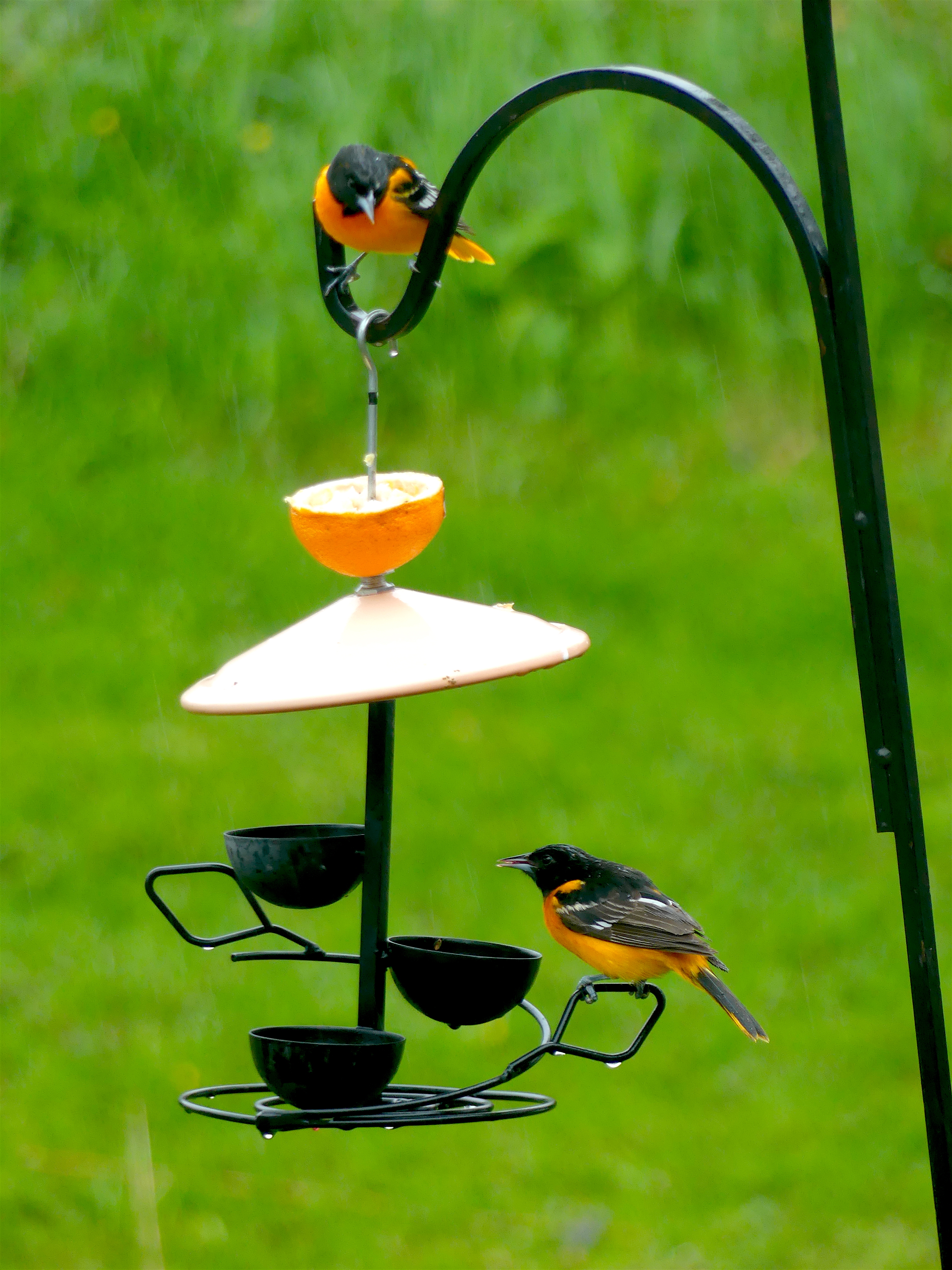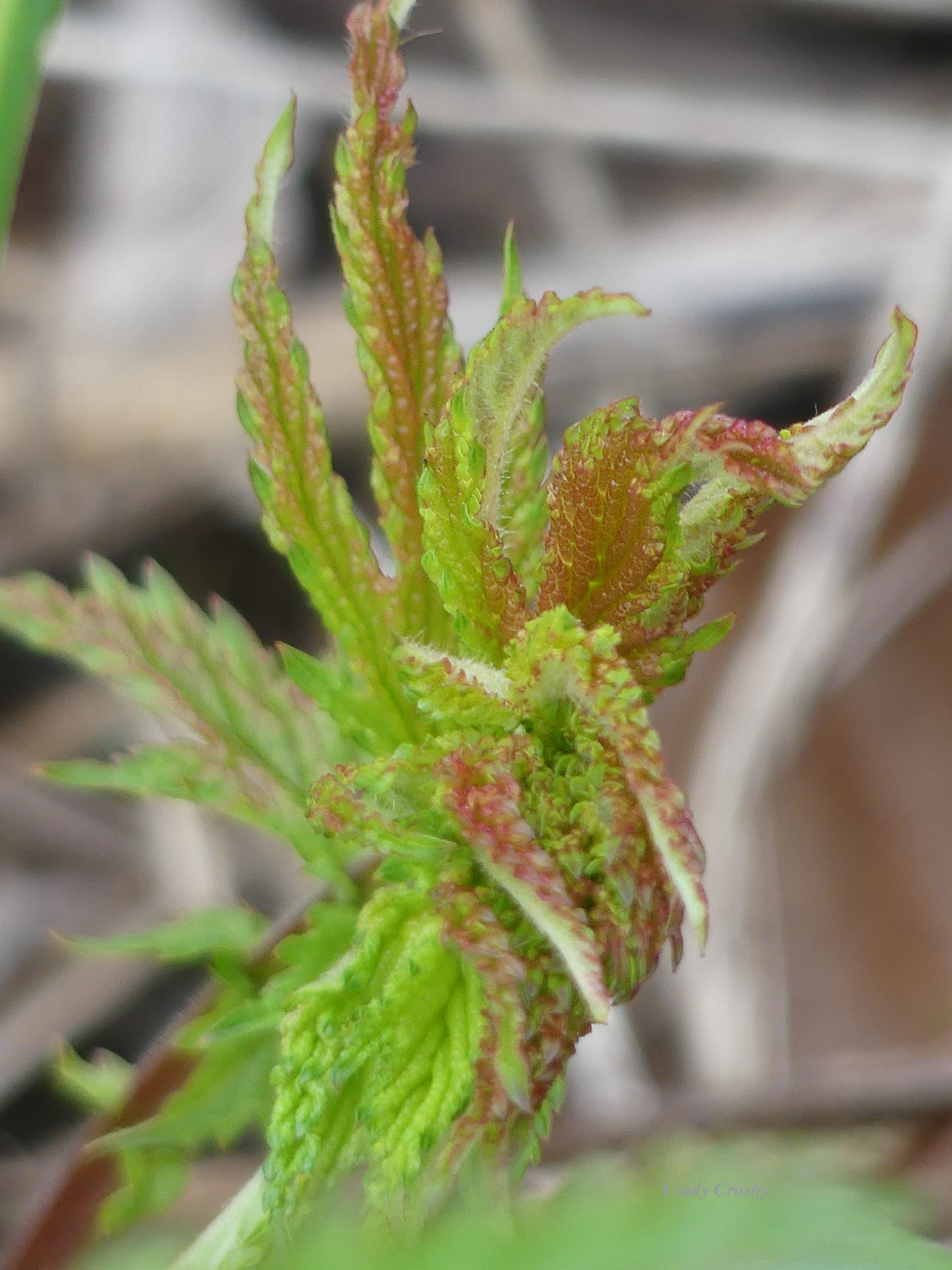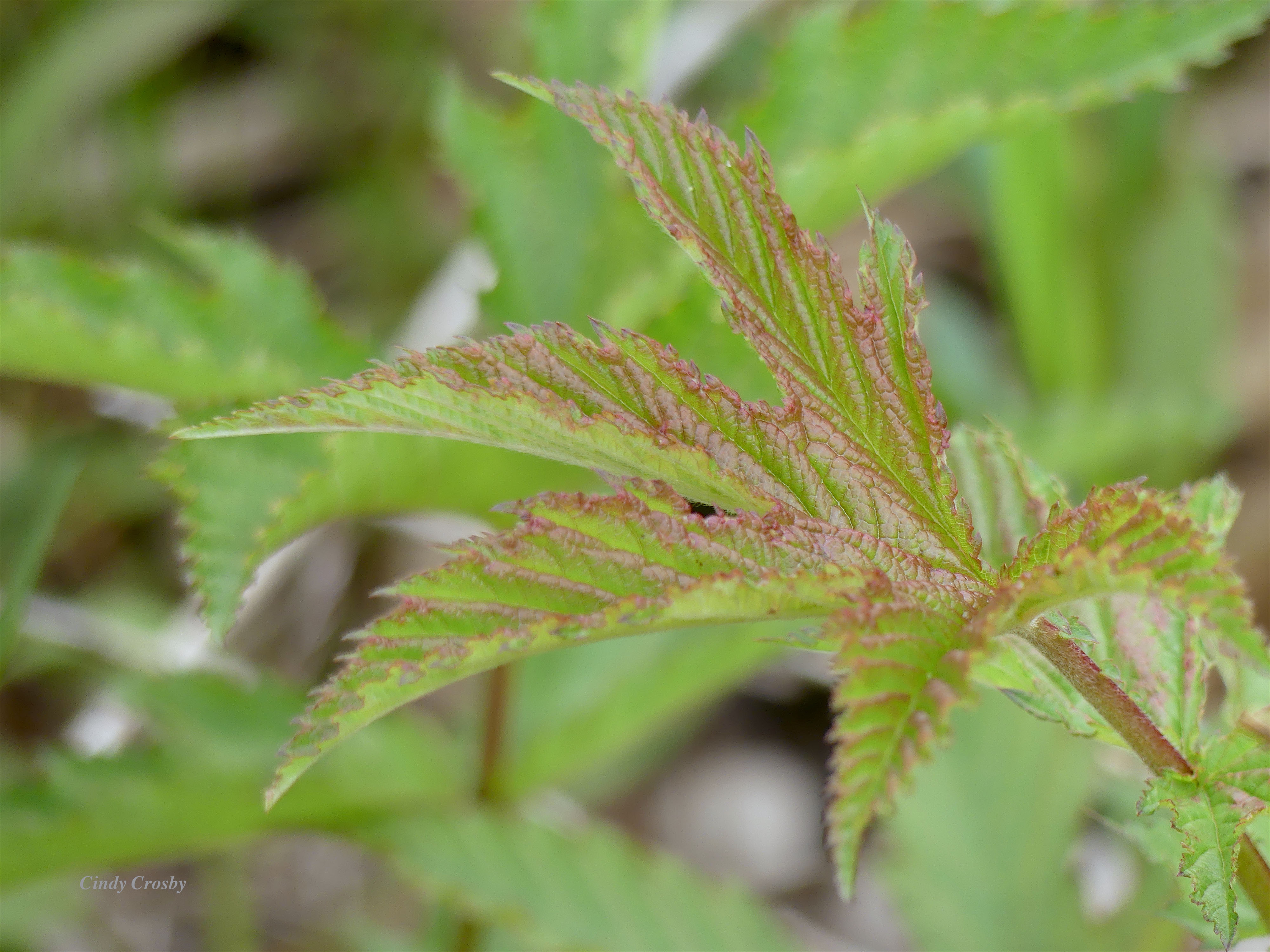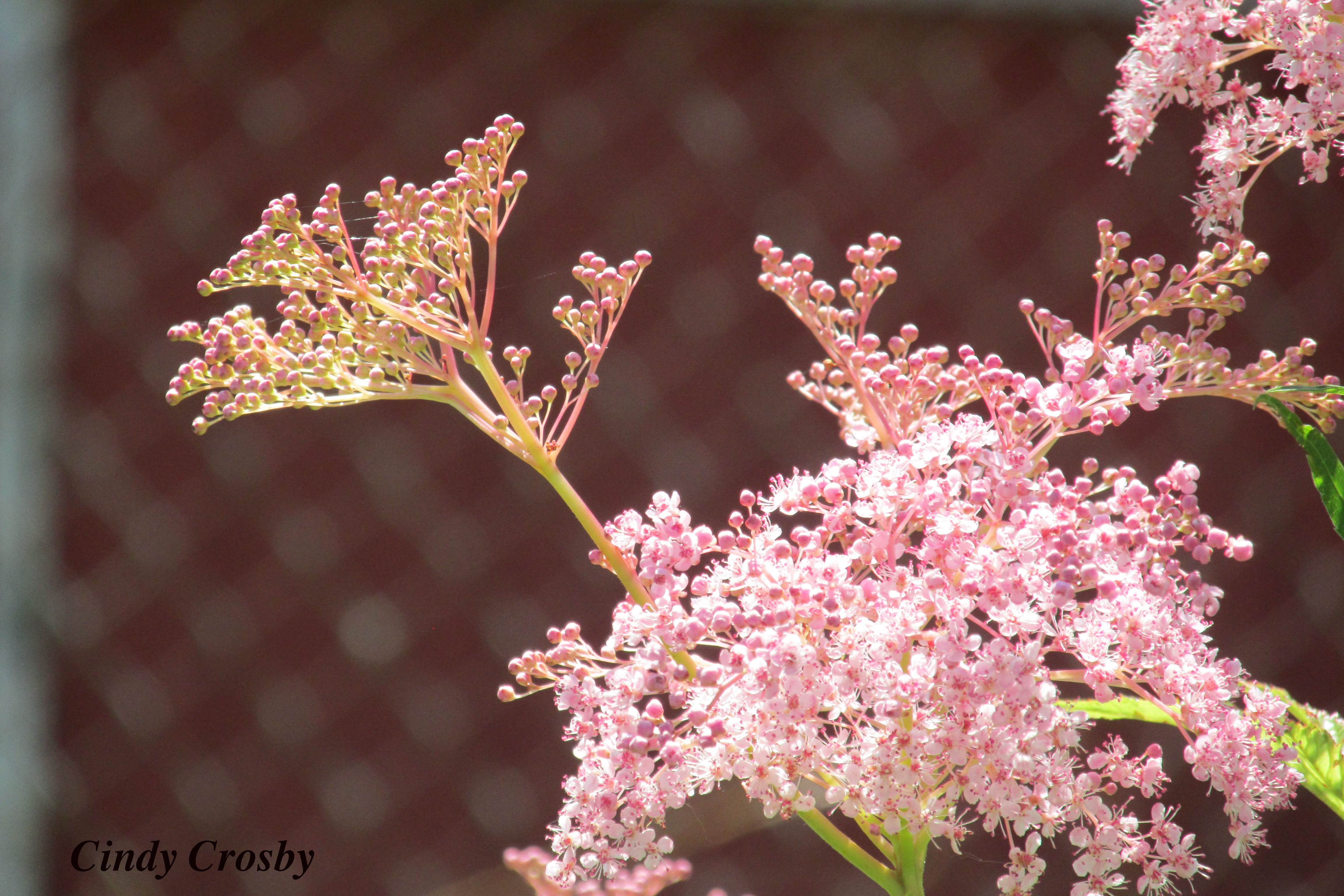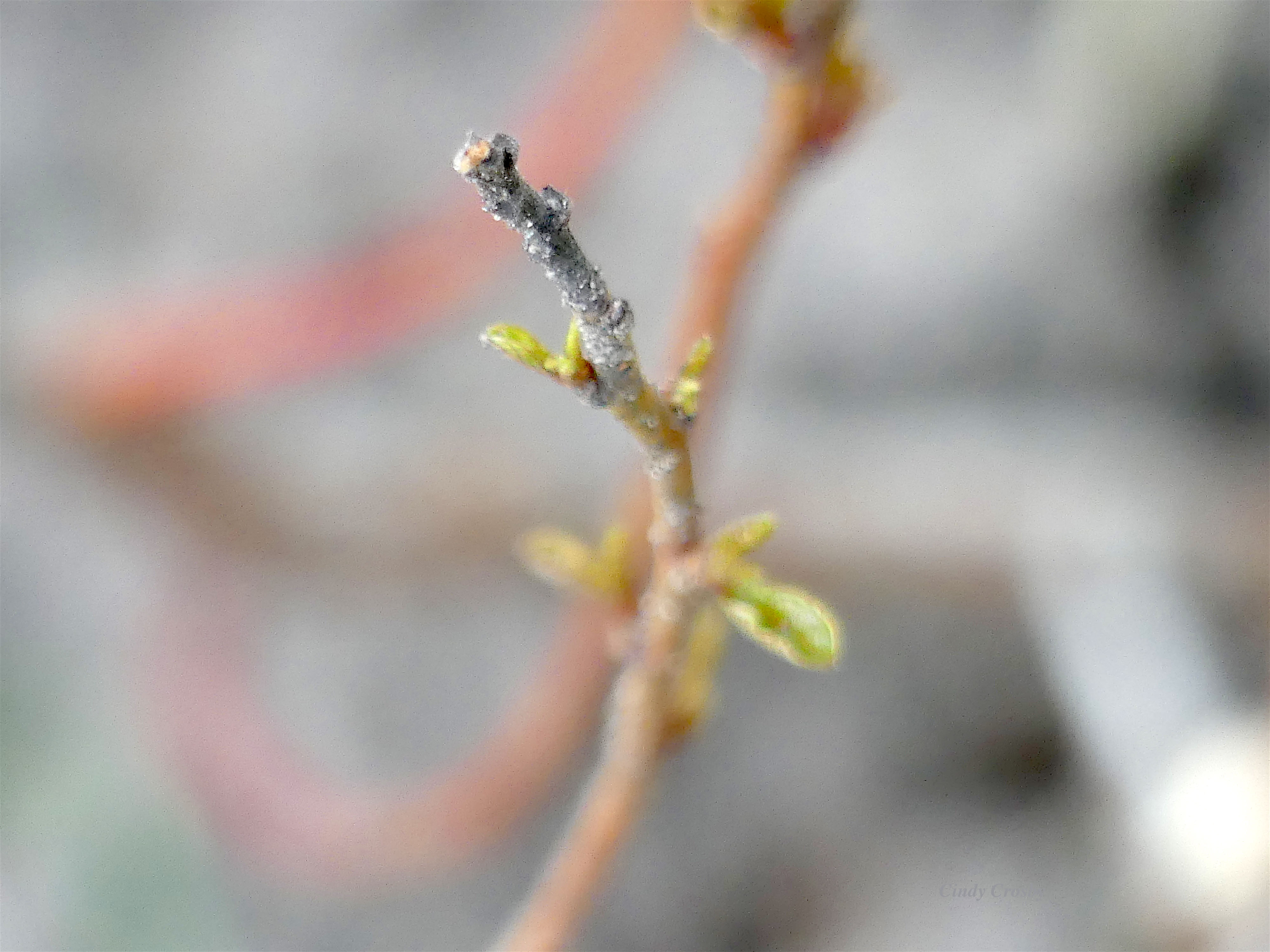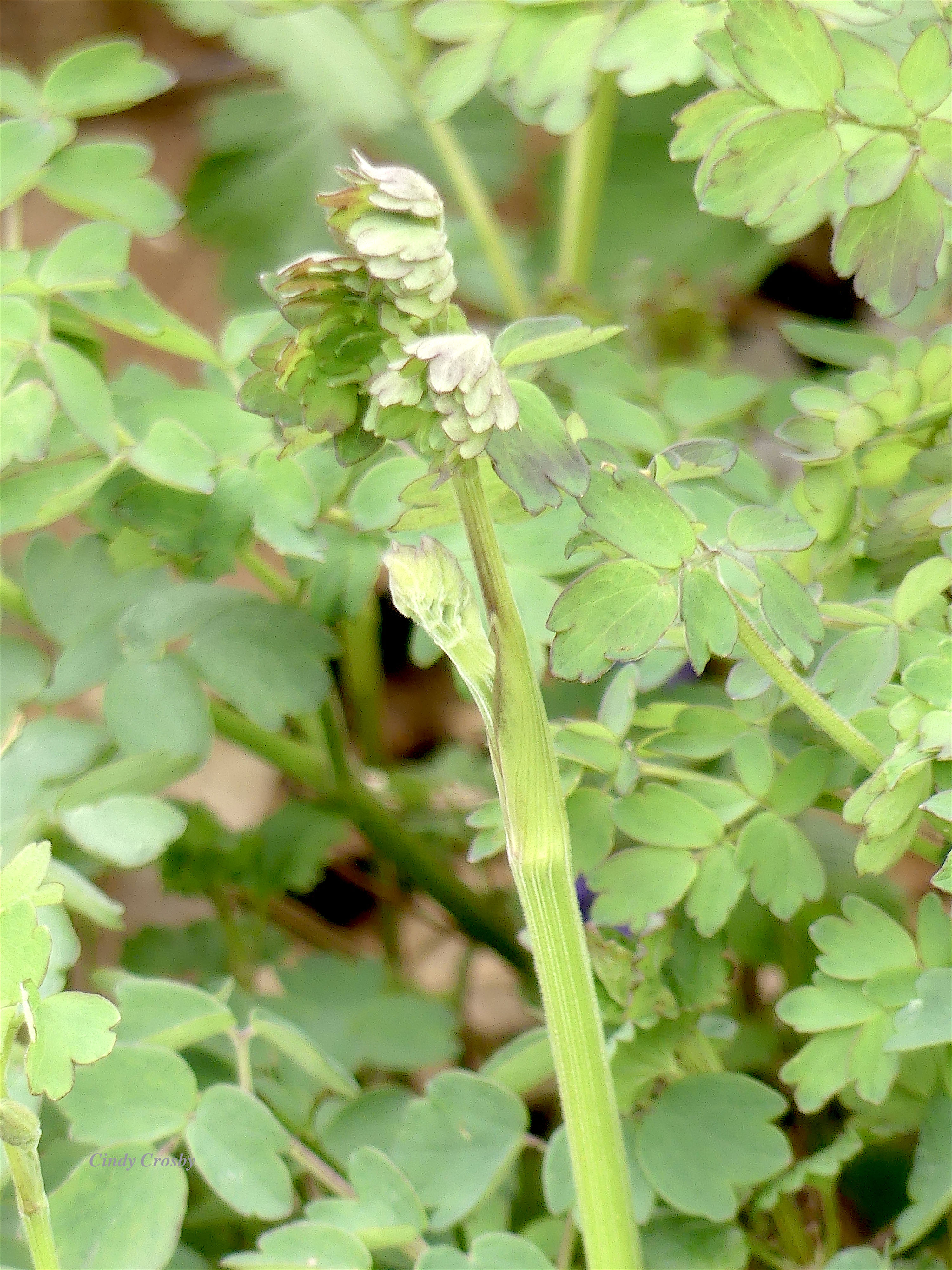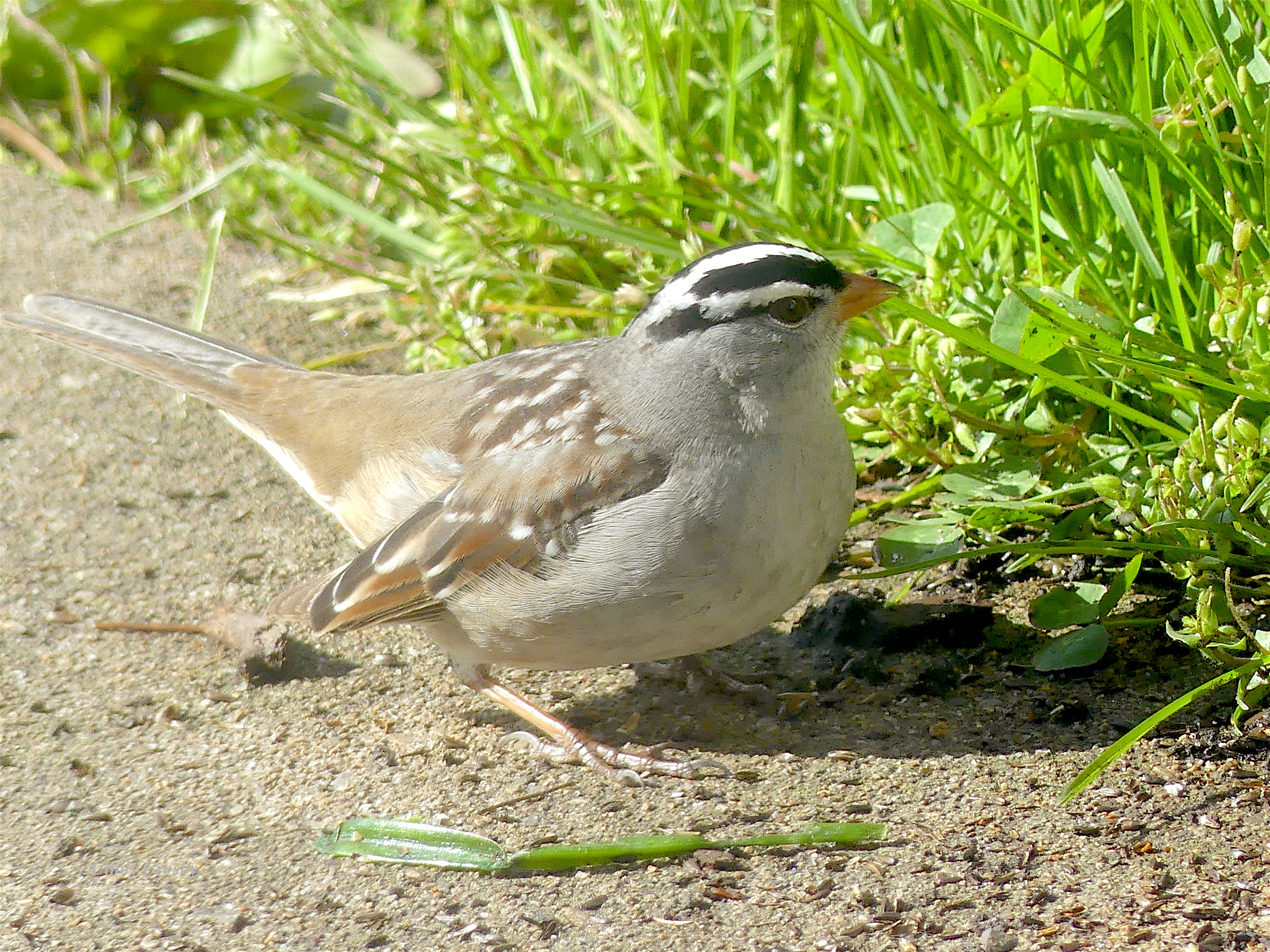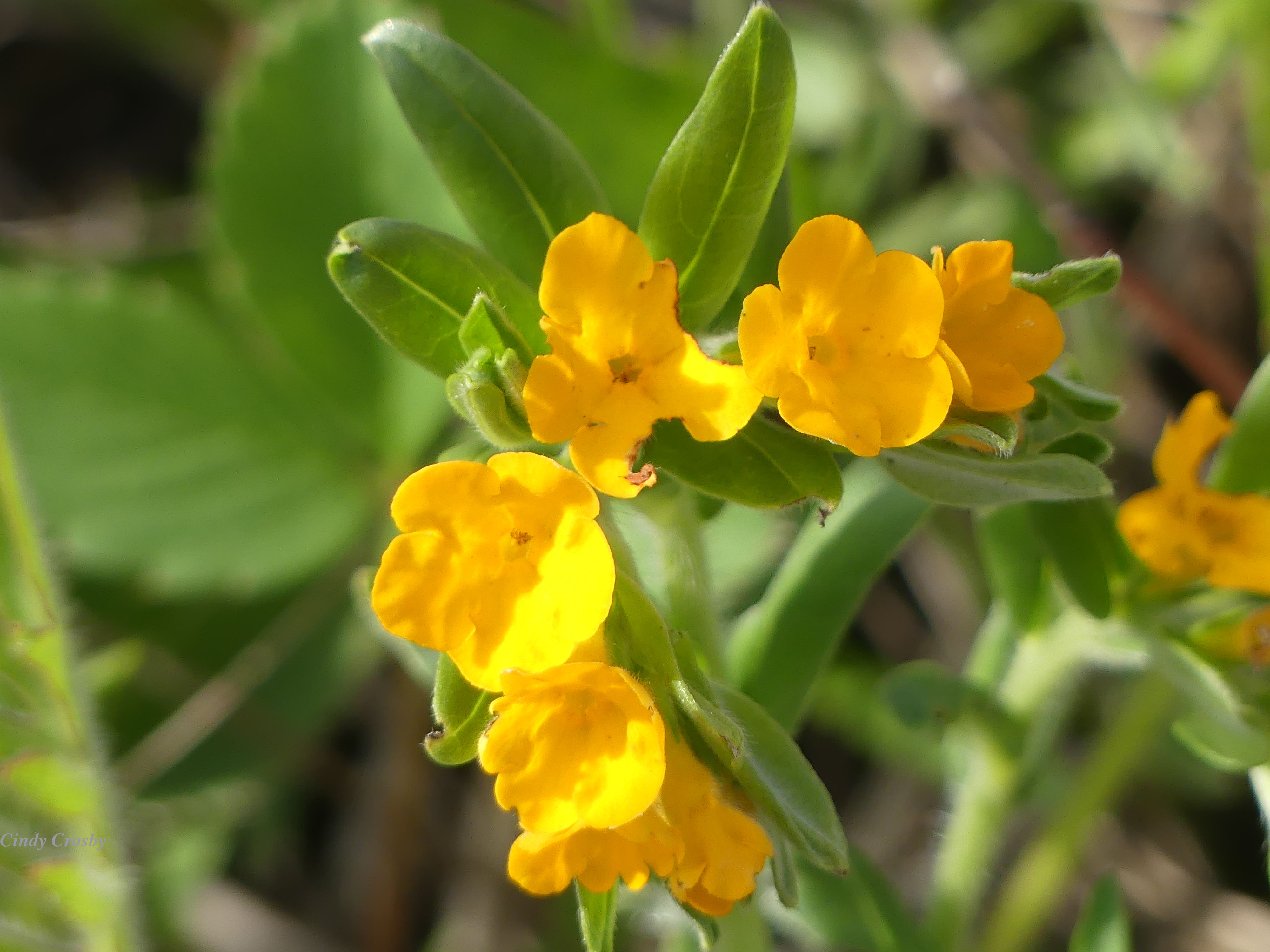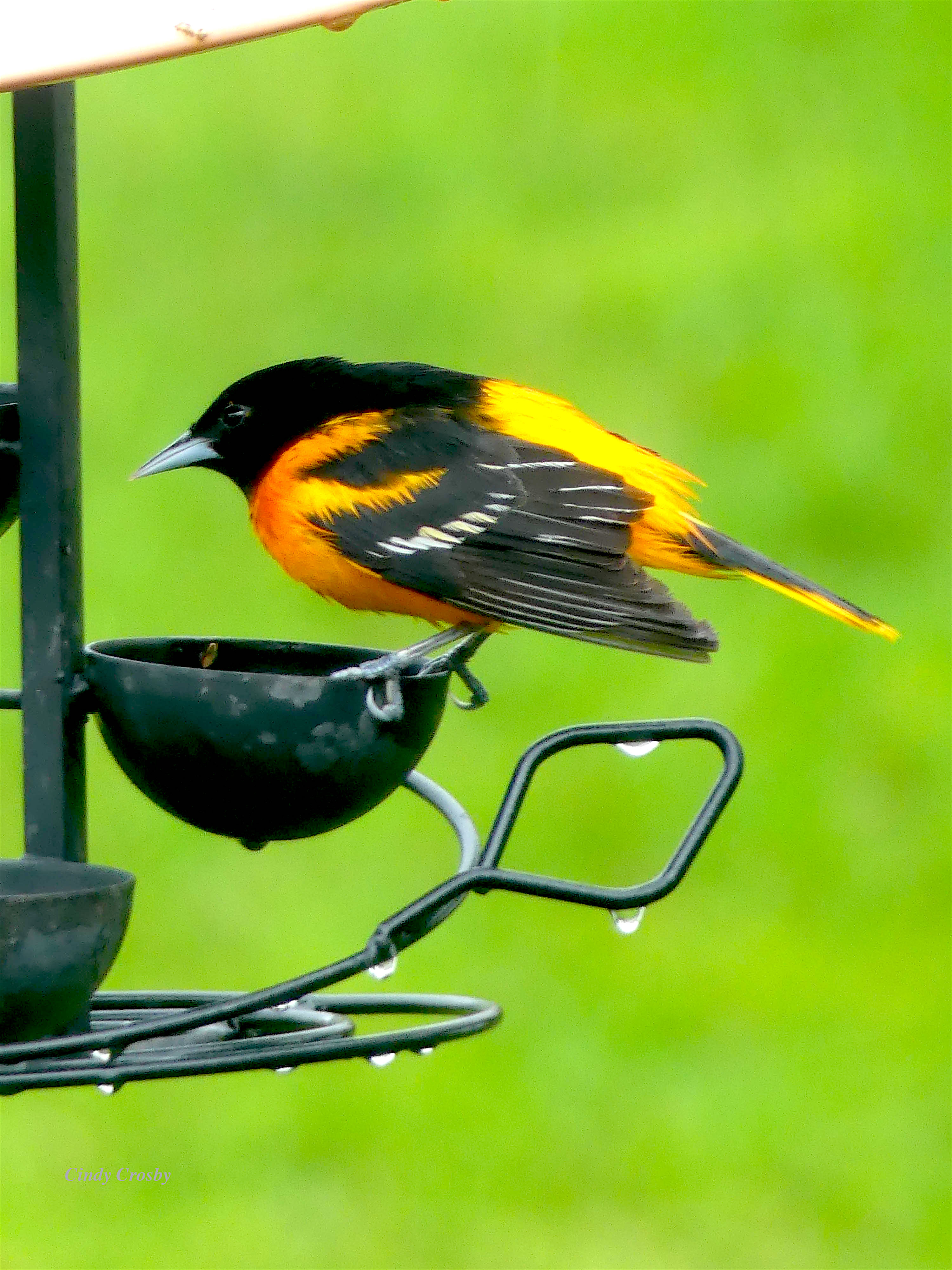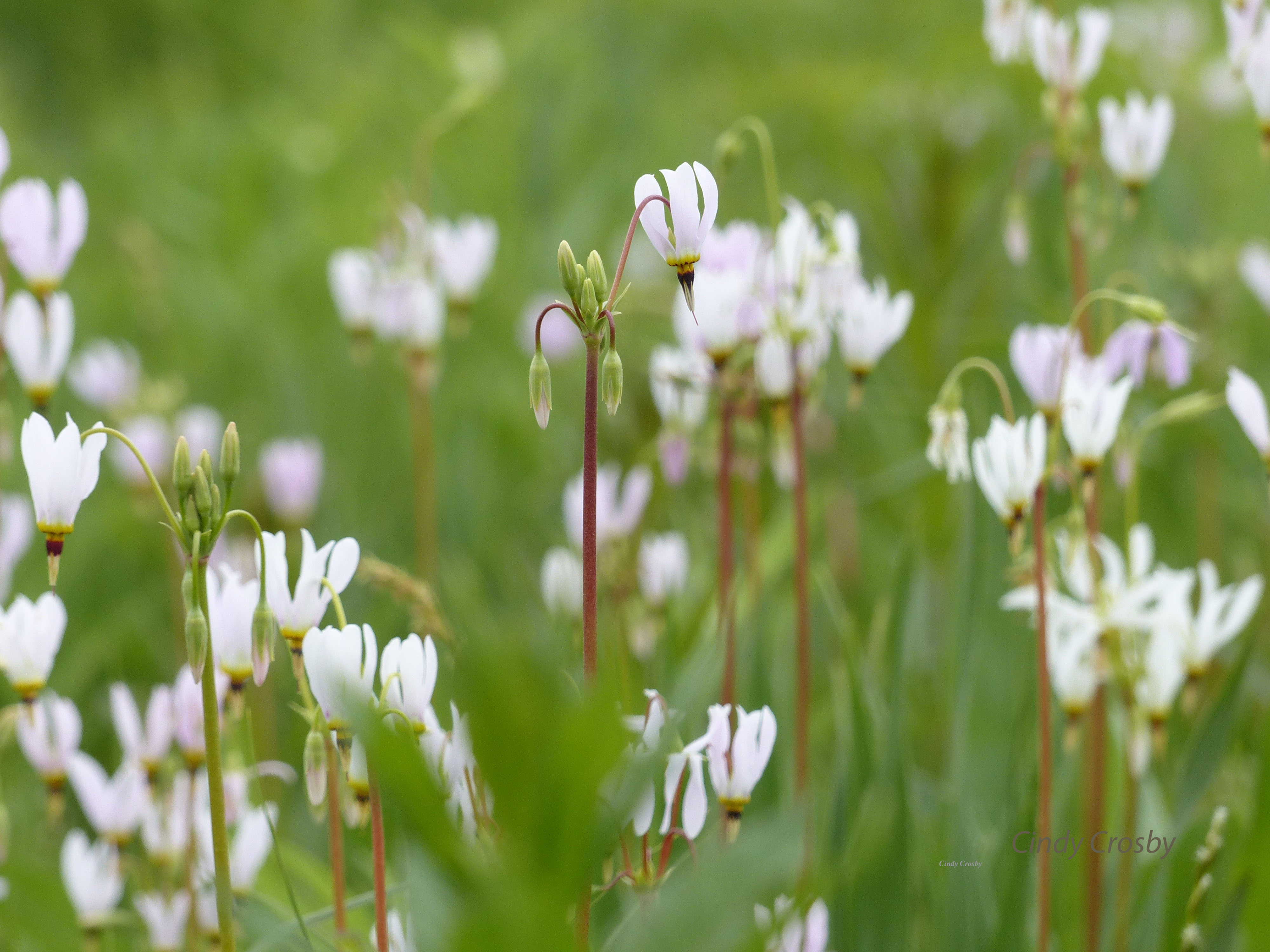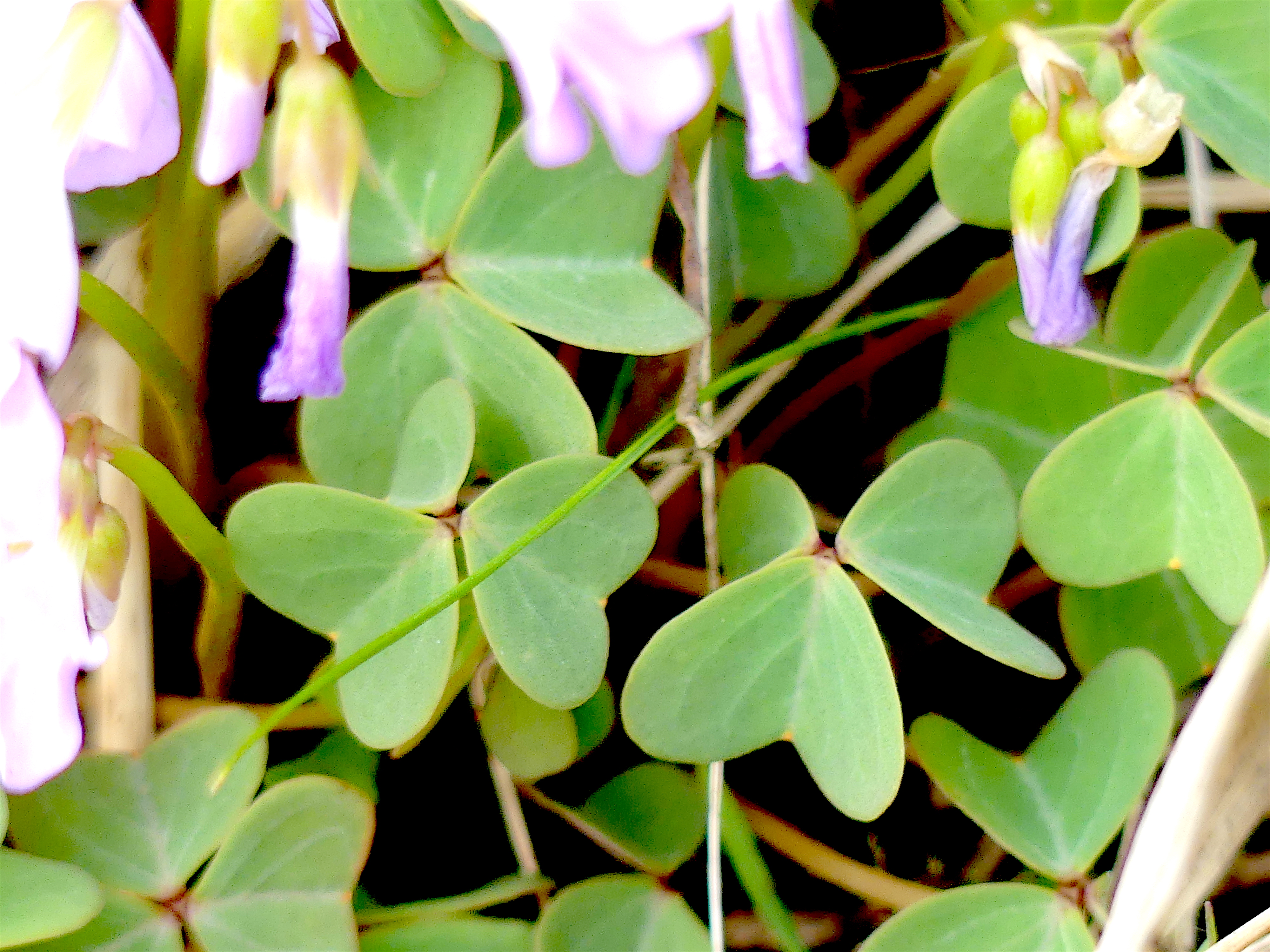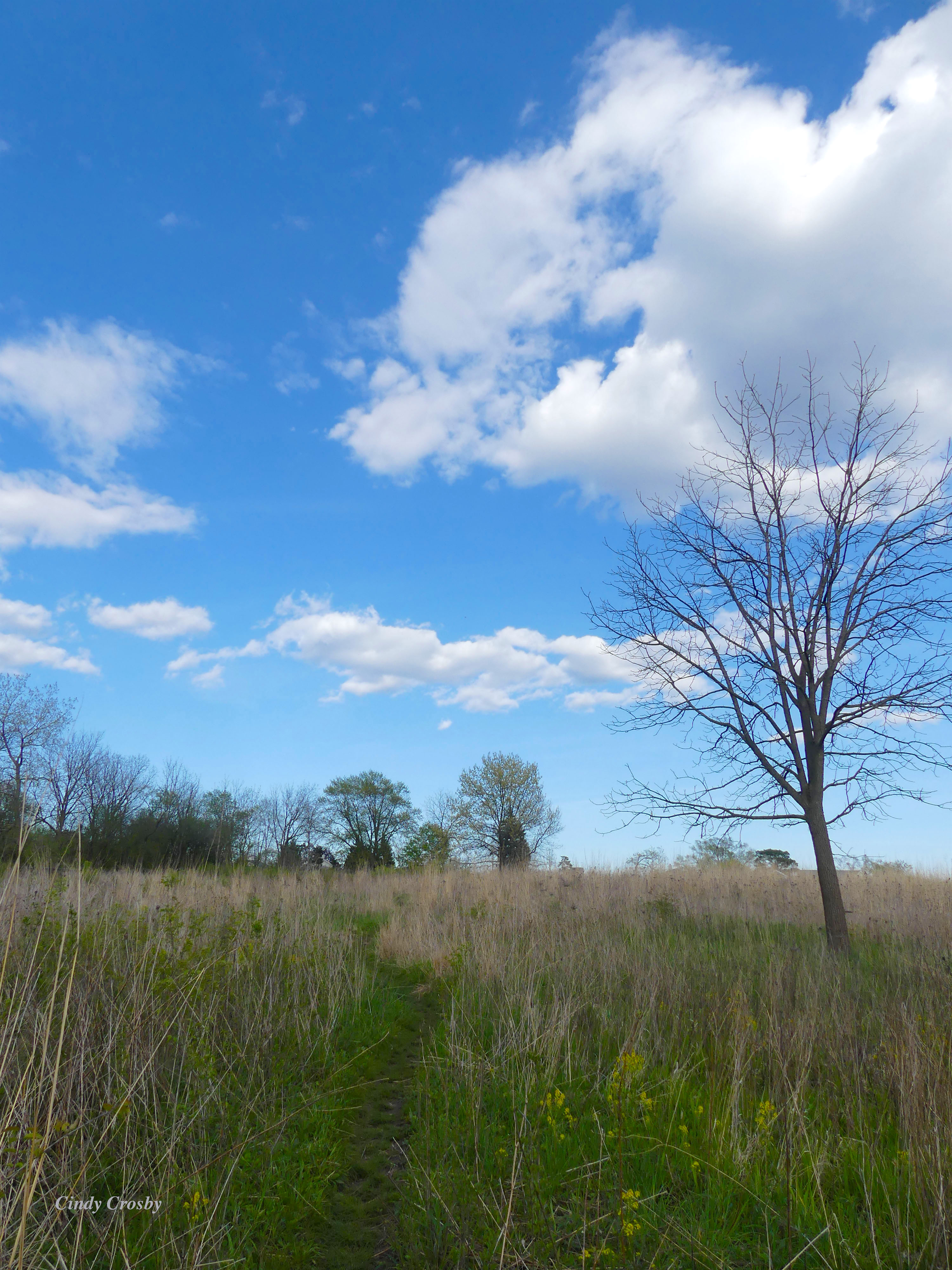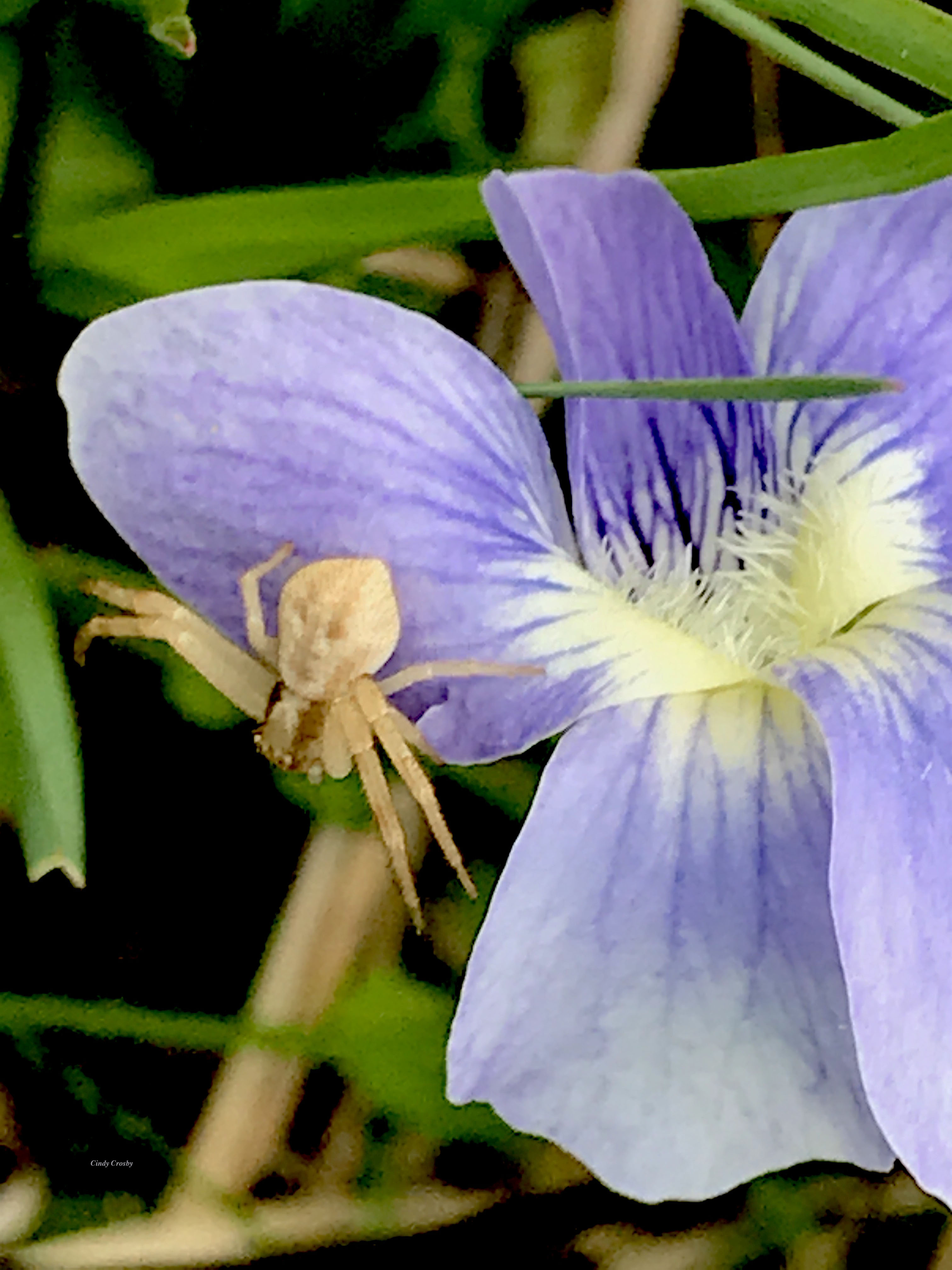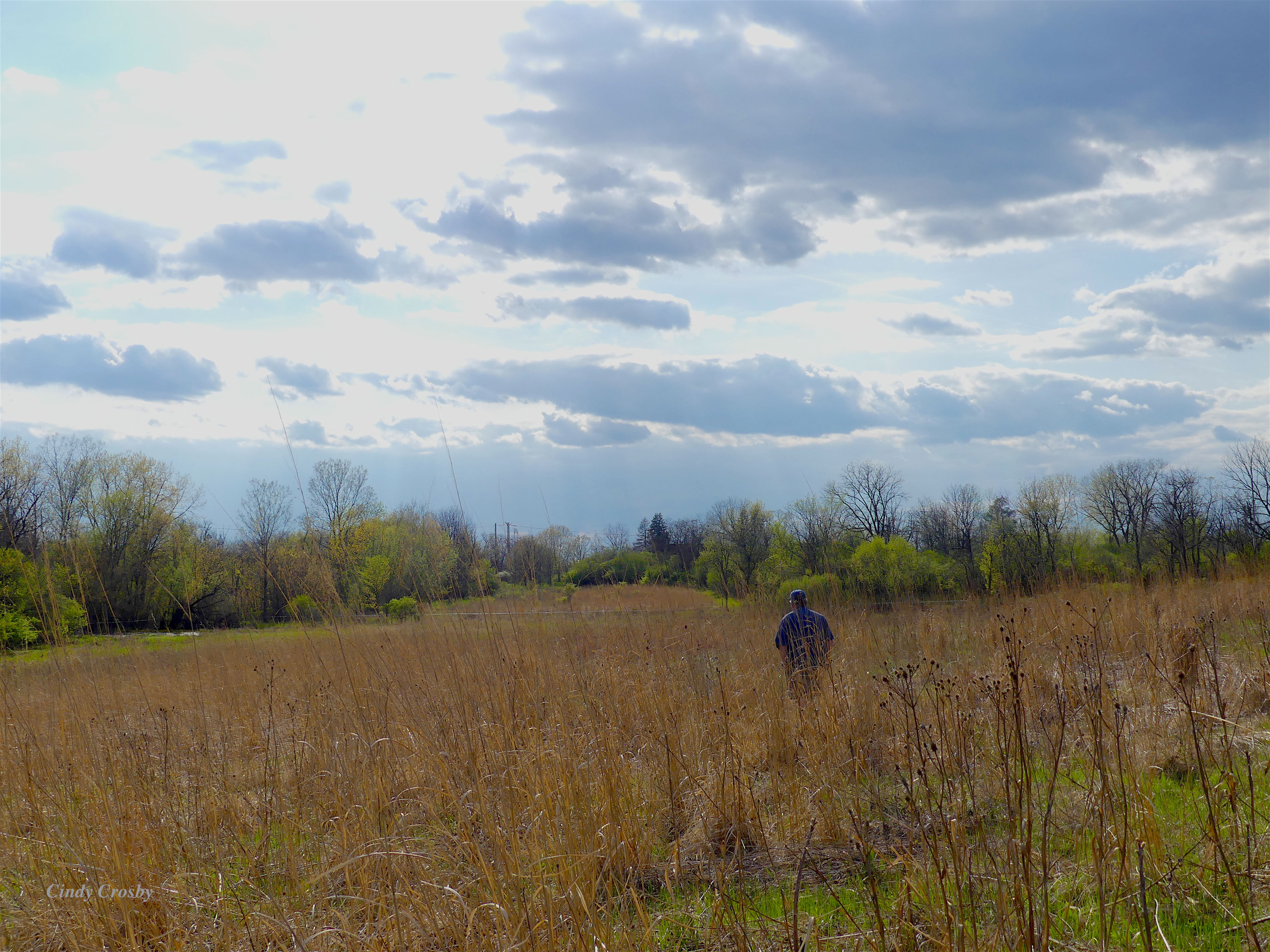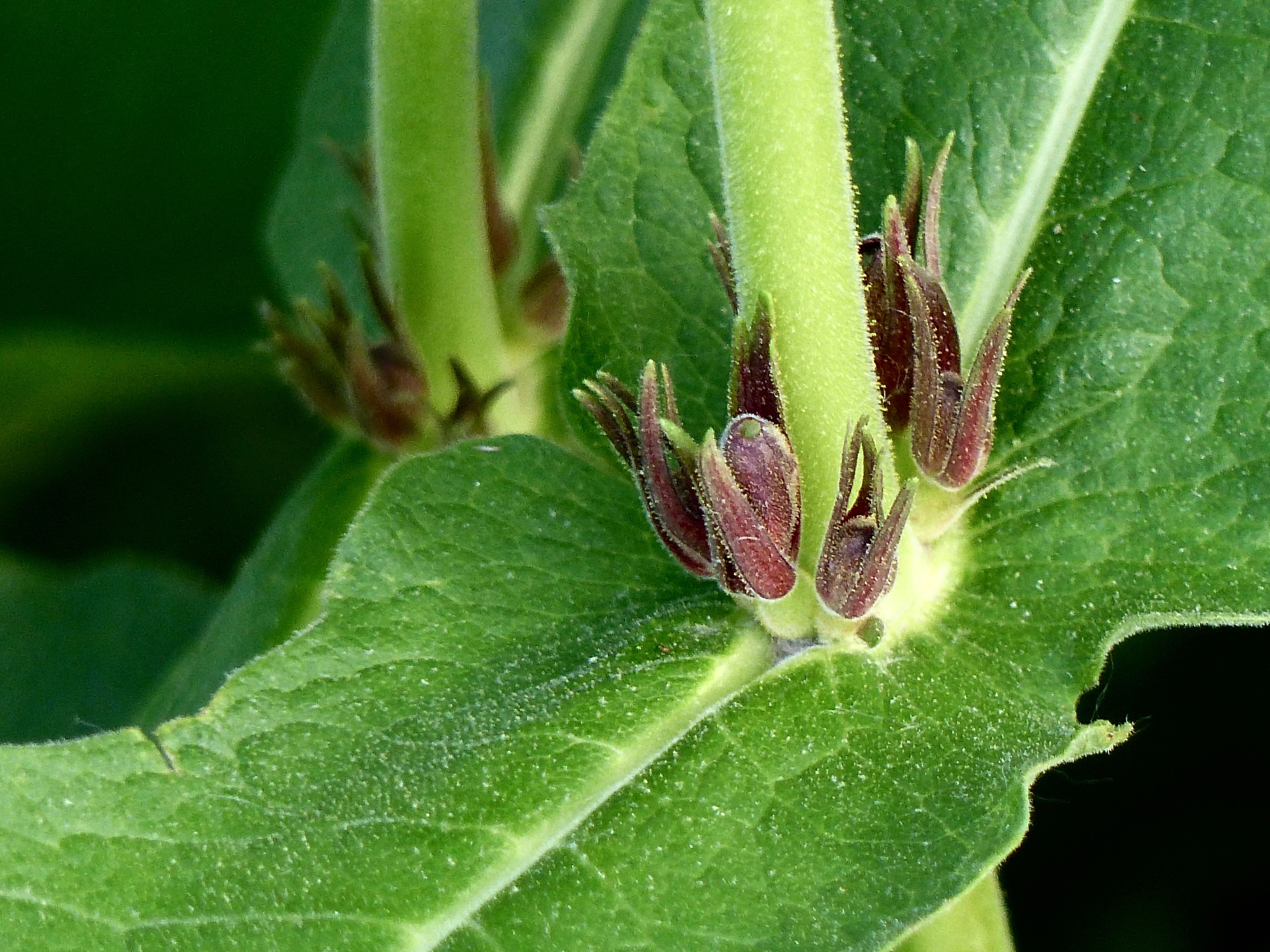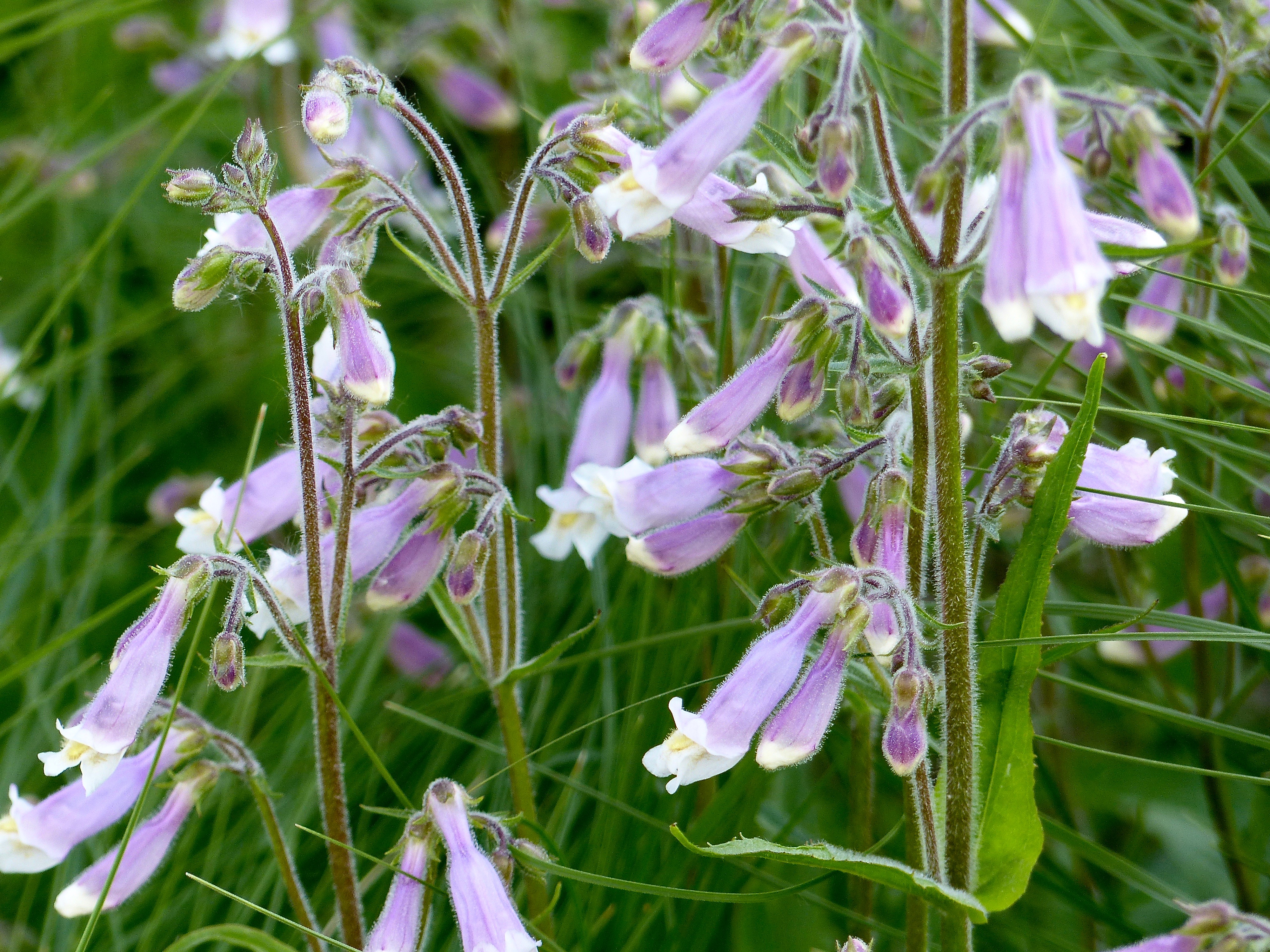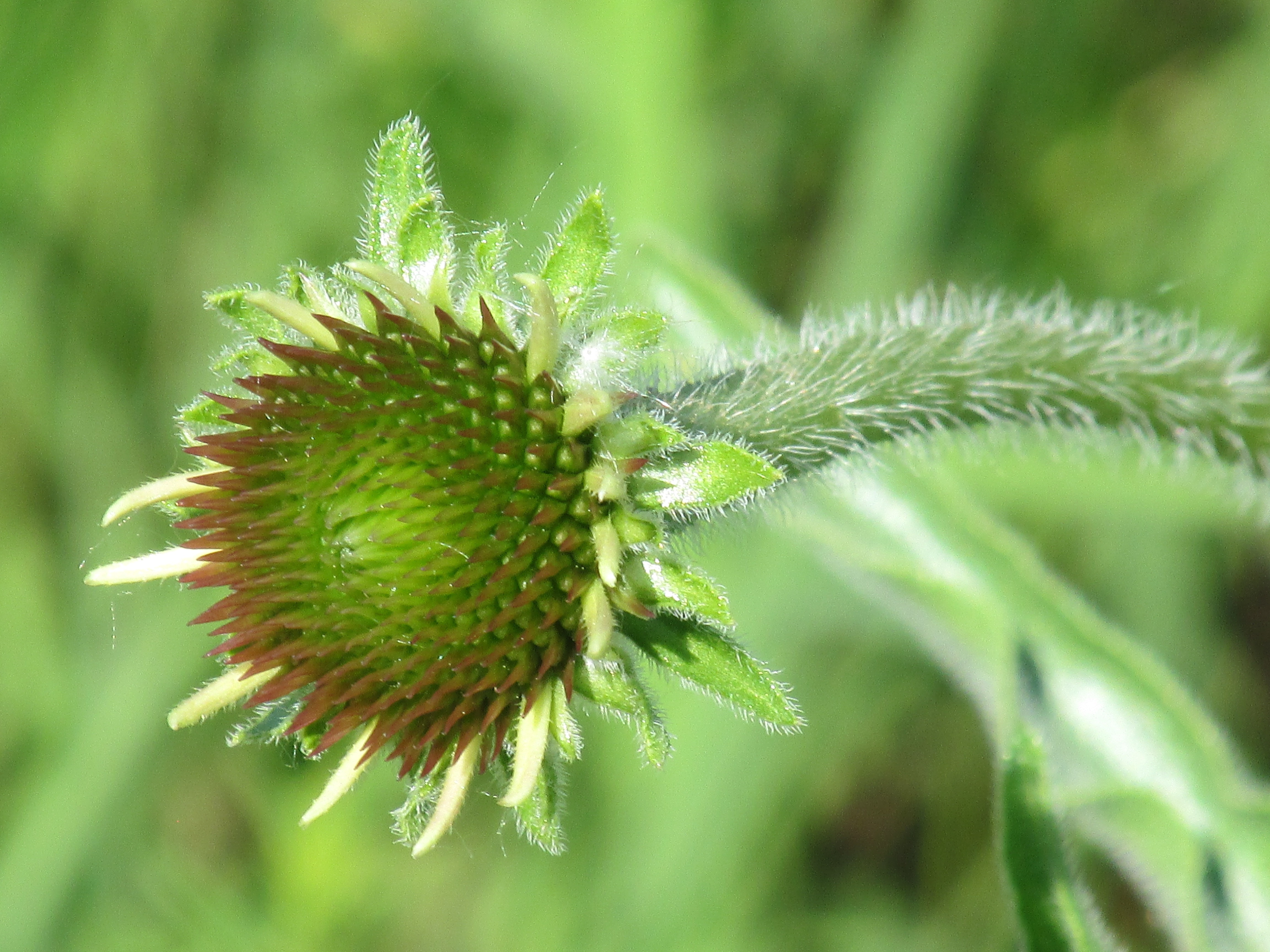“Good day sunshine.” — John Lennon & Paul McCartney
*****
A little rain. A bit of sunshine this week, too—at last. Let’s hike the June prairie together, and see what’s happening after the spring storms.
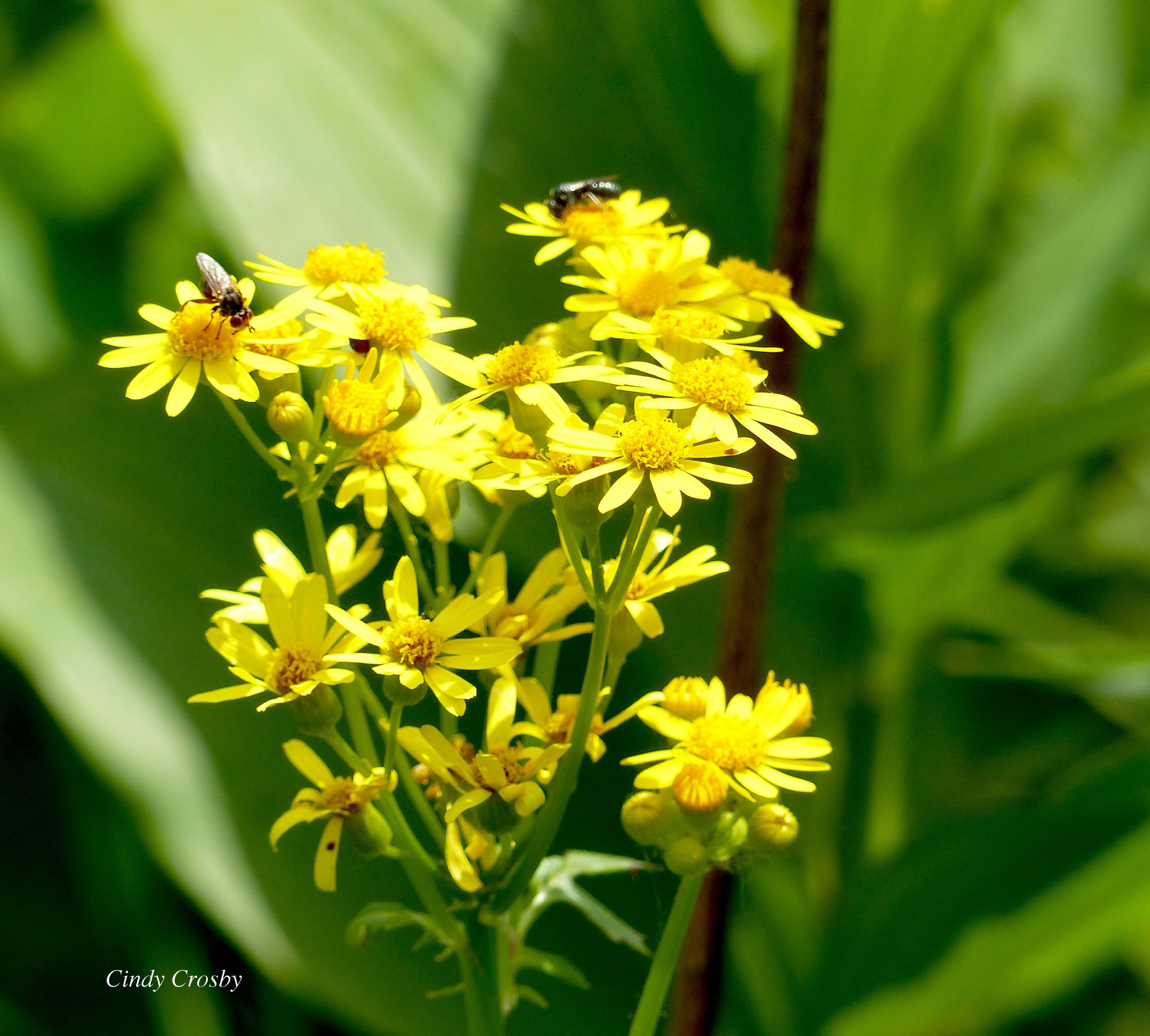
Tallgrass prairies in the Chicago region crackle with activity. Angelica opens its firework flowers in the soggy areas.
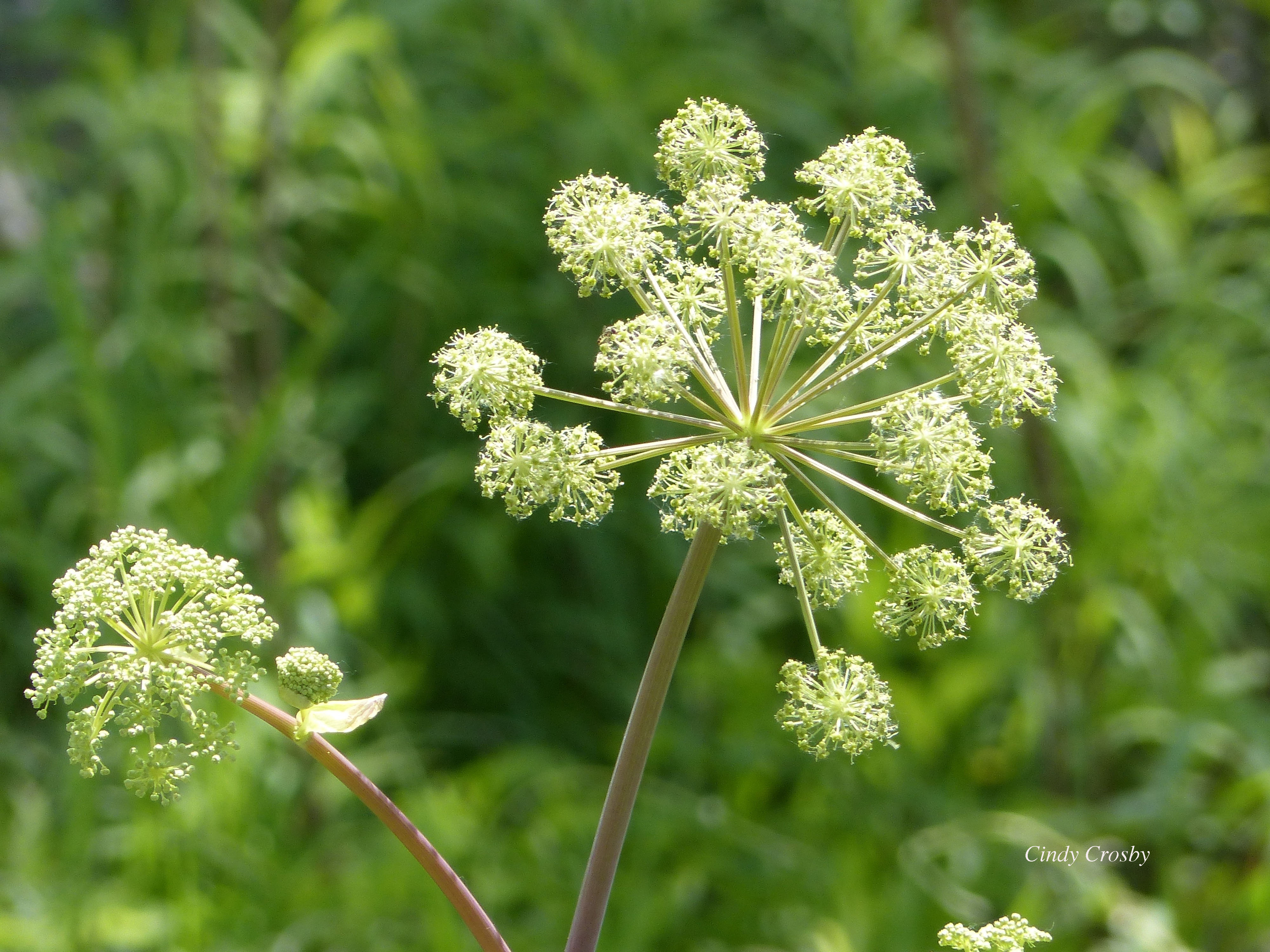
Spiderwort is everywhere, both in bud…
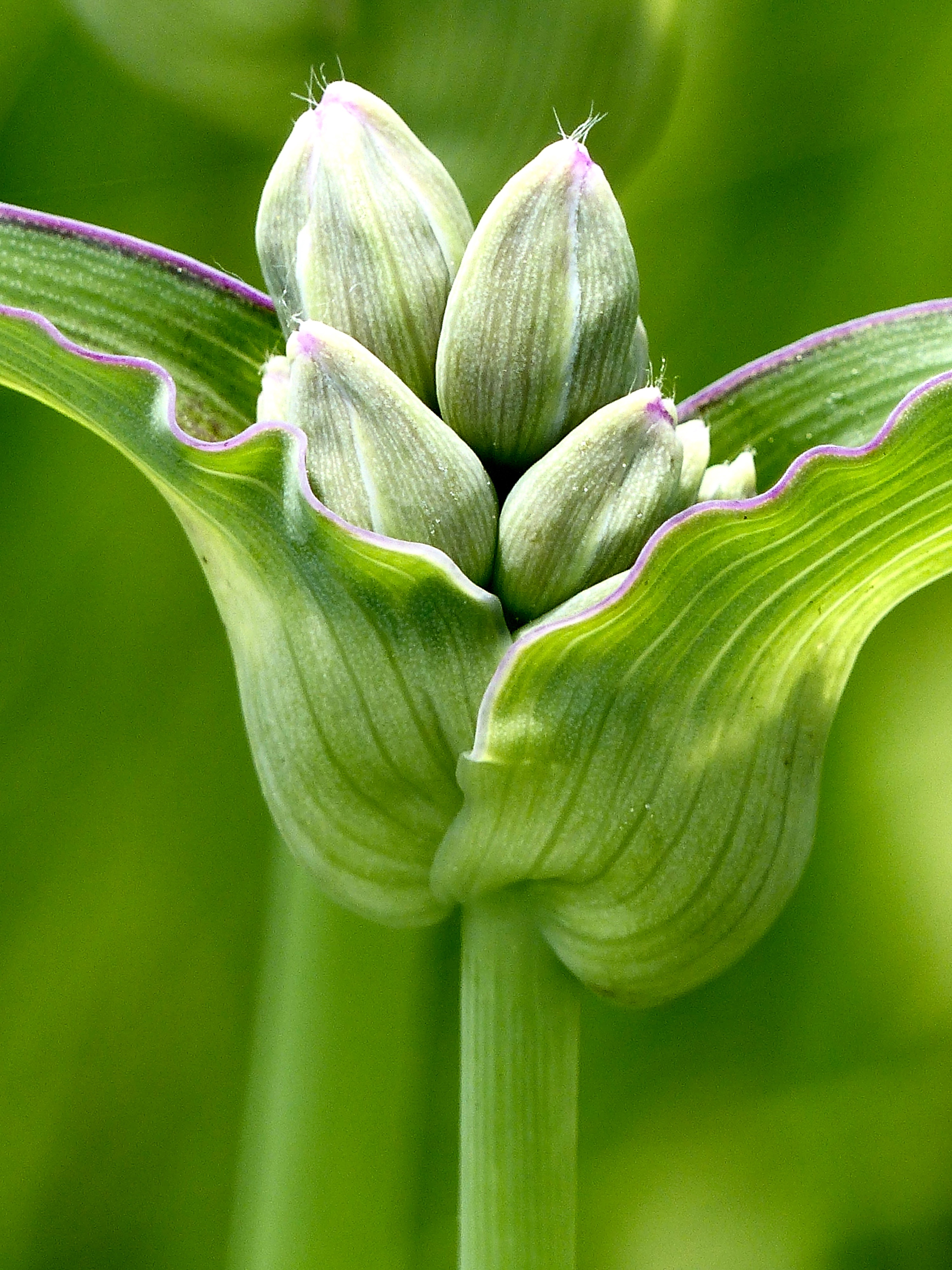
…and in bloom. Its short-lived flowers only last a day or two, and often close in the afternoon.
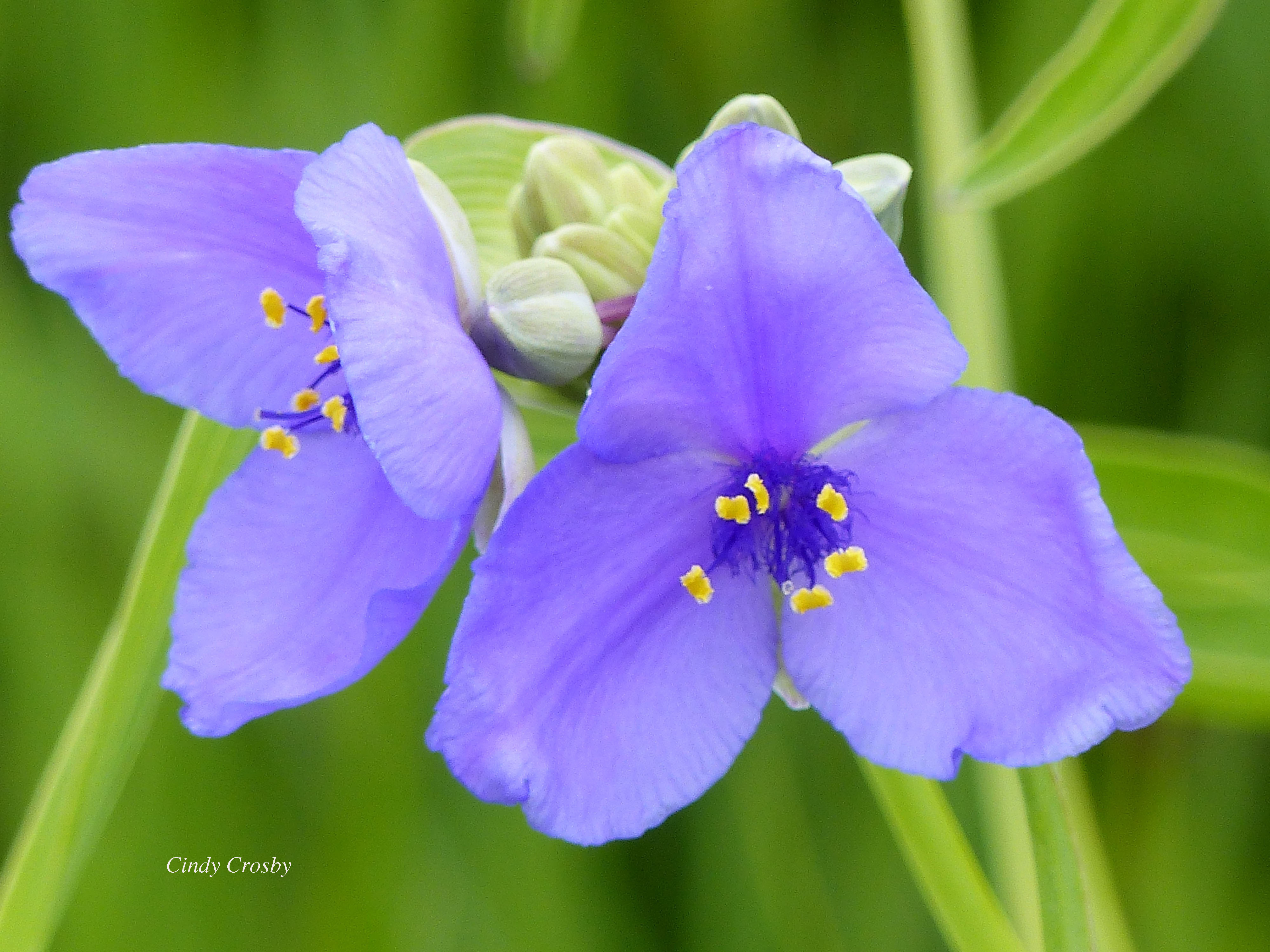
Clouds of prairie phlox float across the low grasses in varied hues, from pearl…
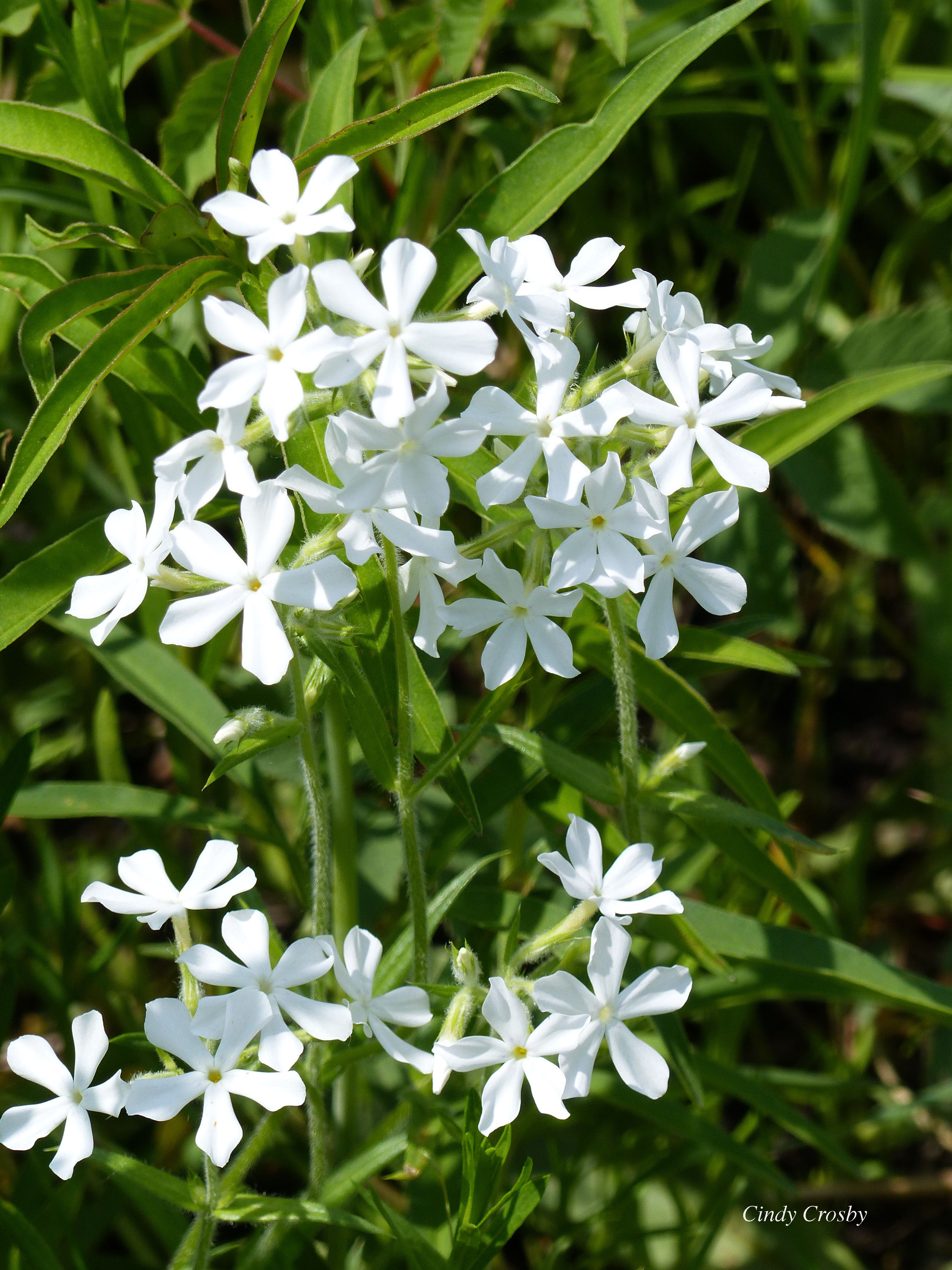
…to palest lavender, with purple eyes…
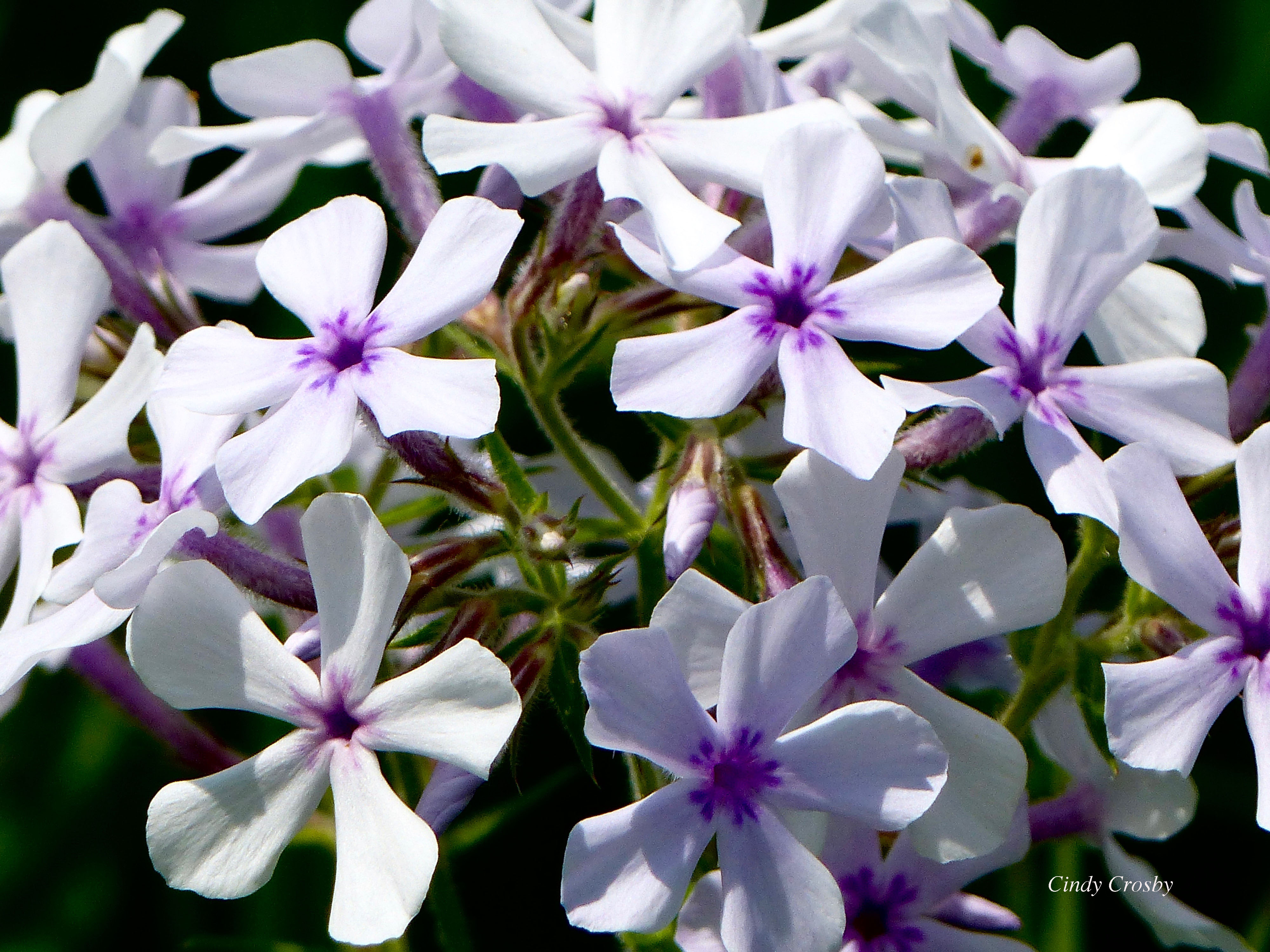
…to hot pink. So many variations! When the phlox mingles with the spiderwort, it makes me think of a Monet painting.

Not all the blooms are as jazzy as the prairie phlox. Intermixed with the phlox, prairie alumroot spikes open small green flowers with orange anthers. Inconspicuous, until you look closely. The phlox is fragrant, but the alumroot is scentless. Notice the silvery leadplant photobombing the image below, plus some sedges sprinkled around.
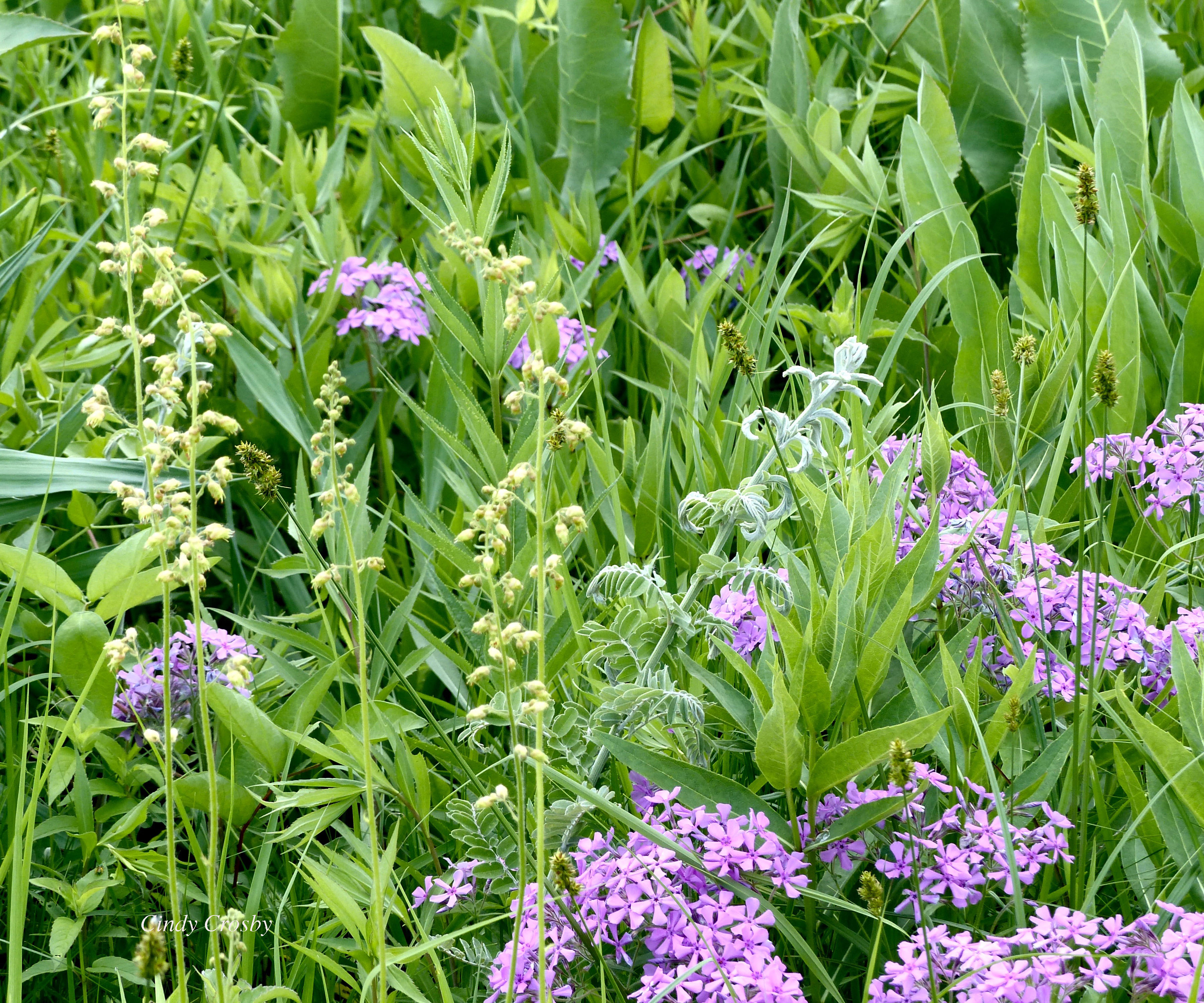
Close to the stream, I see meadow rue heading skyward. In a good wet year like this one, meadow rue will likely top out at six or seven feet tall. When meadow rue blooms, the flowers remind me of fringed Victorian lamps. Today, they are mostly in bud.
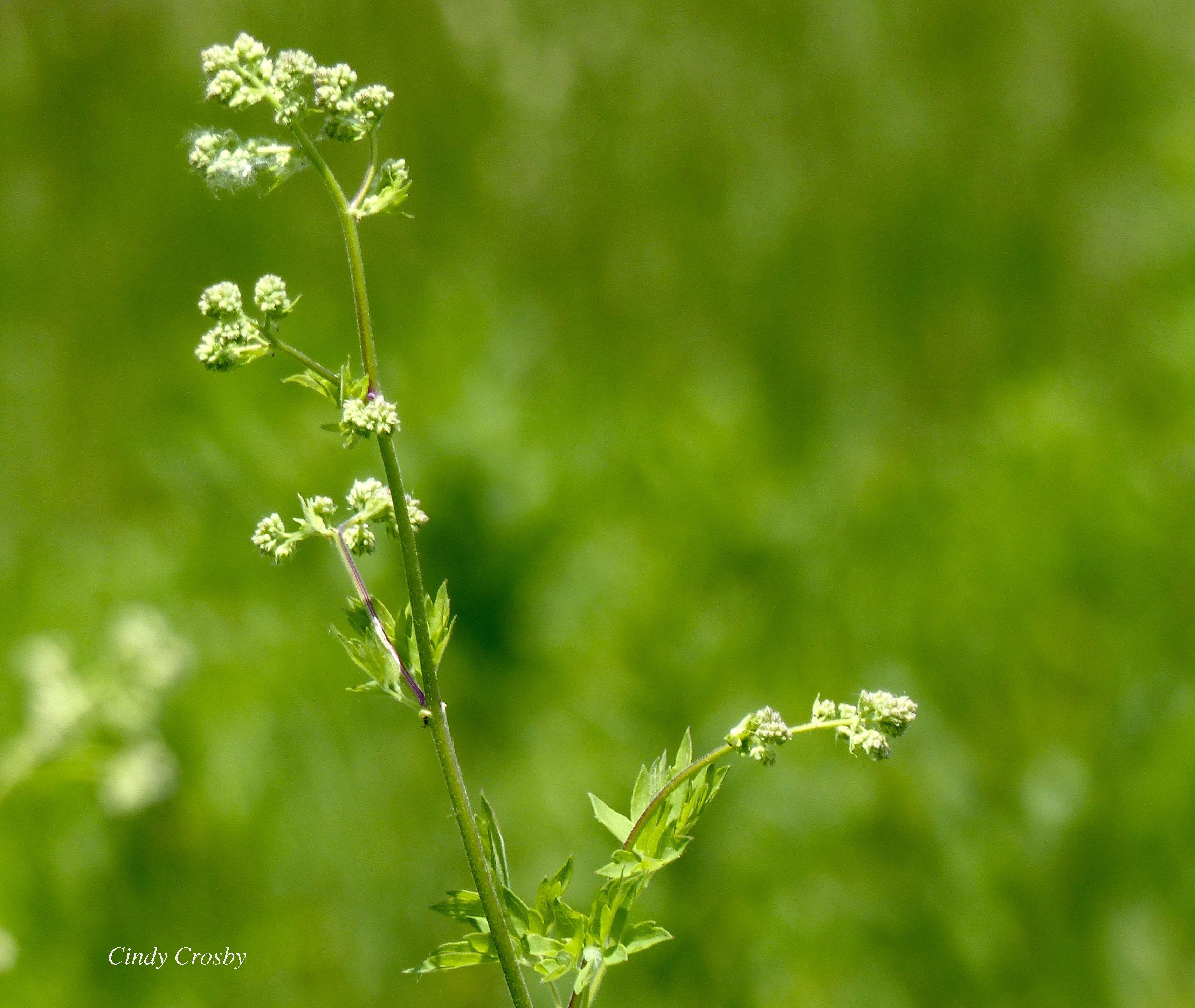
Cauliflower fists of wild quinine buds are about to pop.
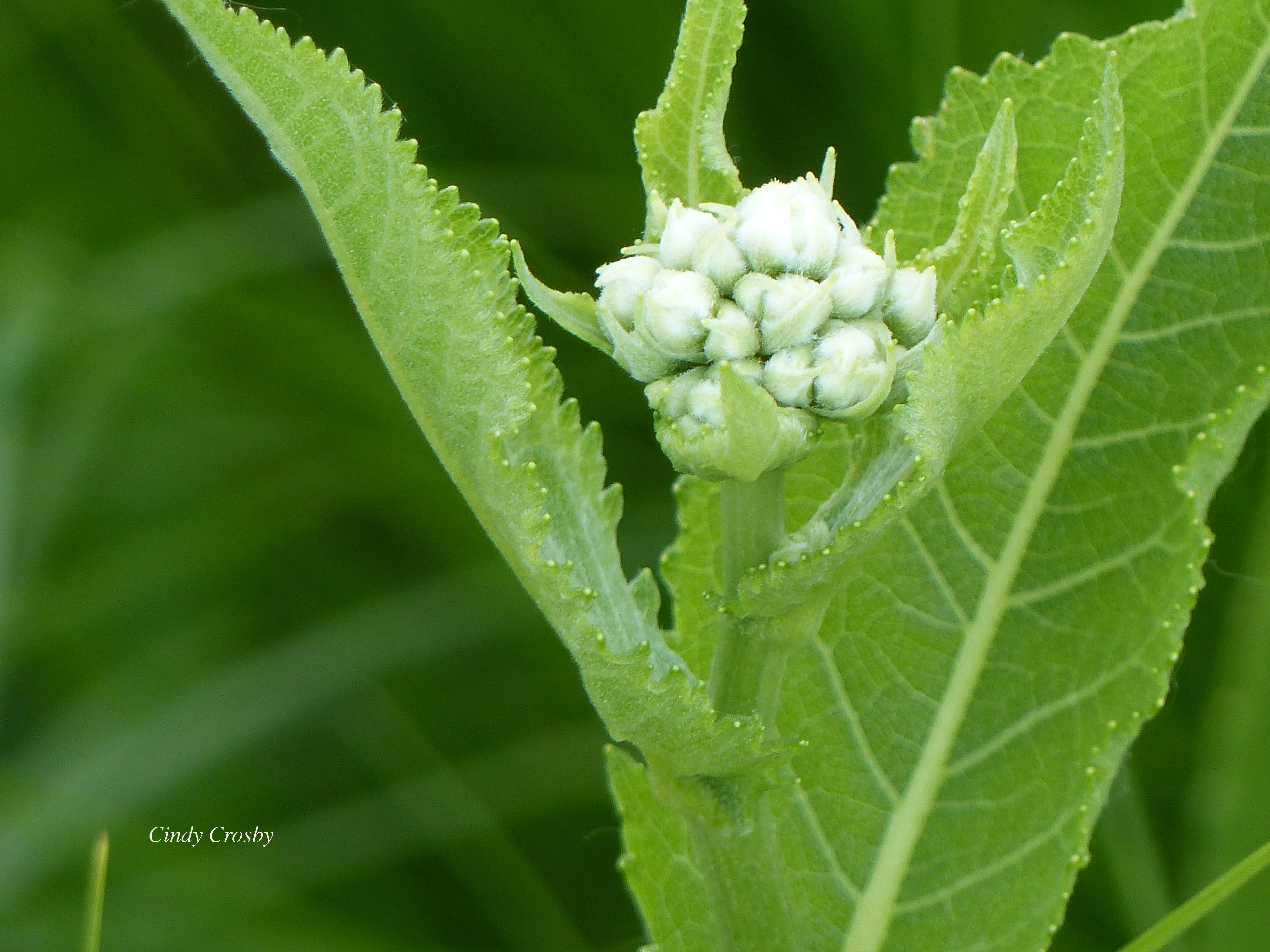
As are those of the common milkweed. I turn the leaves over, but no monarch eggs. Yet.
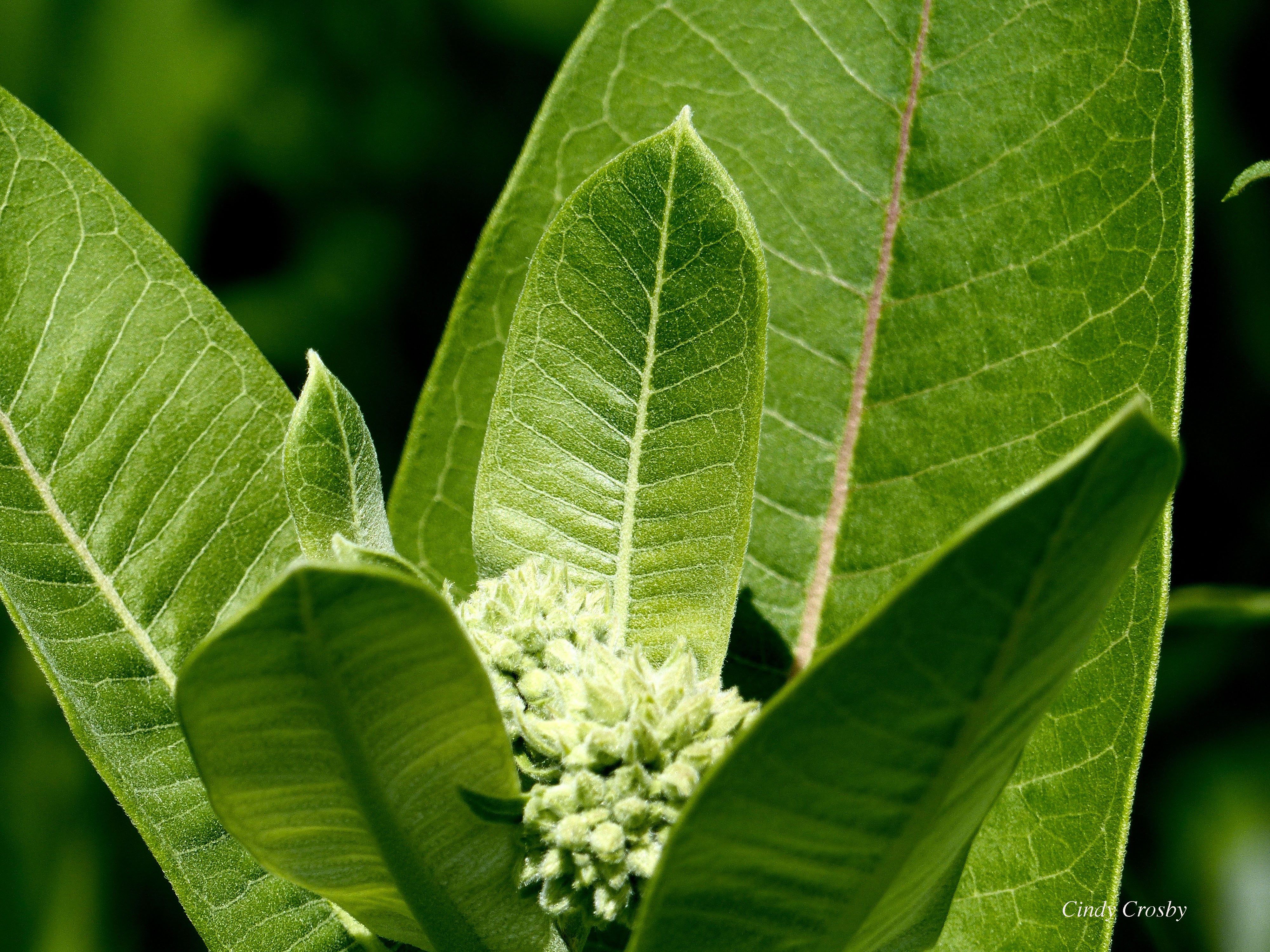
As I admire the buds and blooms, I notice dragonflies perched to soak up the sun. Dragonflies have kept a low profile for the past two months; sulking about the windy, chilly, drizzly, and generally gloomy weather. I discover a twelve-spotted skimmer…

…and also, a common whitetail. Both species will be ubiquitous by late June, but these first appearances always delight me. Welcome back.
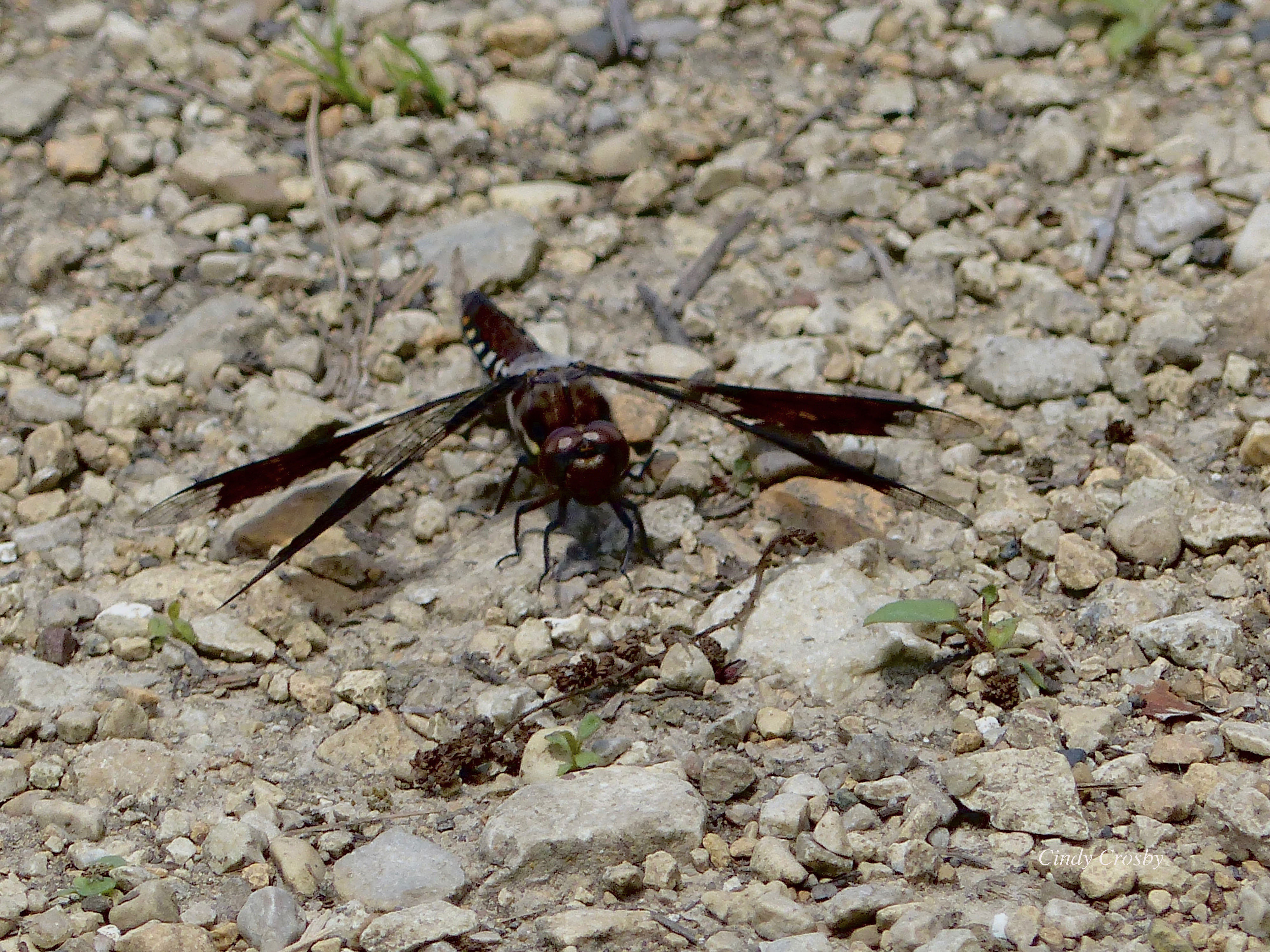
As I look into foliage along the trails for more dragonflies and damselflies, I see clumps of what appear to be bubbles. Inside of the froth is a spittlebug. I pull one sticky mass apart with my fingers and gently admire a tiny green nymph. Later, when I’m at home, I read that the nymph will feed on the plant and eventually become an adult that looks something like a leafhopper, to which they are related. Although they are considered a pest, we don’t worry much about them on the prairie. They do little damage.

In the cool breeze, I’m grateful for the sun. I snap off a red clover bloom and chew on some of the petals. Sweet. So sweet. Red clover isn’t a native prairie plant, but it’s pretty and generally not too invasive. We only pull it in our display areas at the front of the prairie.

The native yellow wood sorrel leaves are also irresistible, with their sour, tangy jolt to the tastebuds. Both the red clover and yellow wood sorrel are found in every Illinois county. Tough little flowers.

Brown-headed cowbirds often show up at my birdfeeders at home, as well as on my prairie hikes. They have several different trademark calls. This one sings a Clink-whistle! I admire it, glossy in the sunshine. Cowbirds are despised by many birders for their habit of laying their eggs in other bird species’ nests; letting someone else raise the kids. Ah, well.
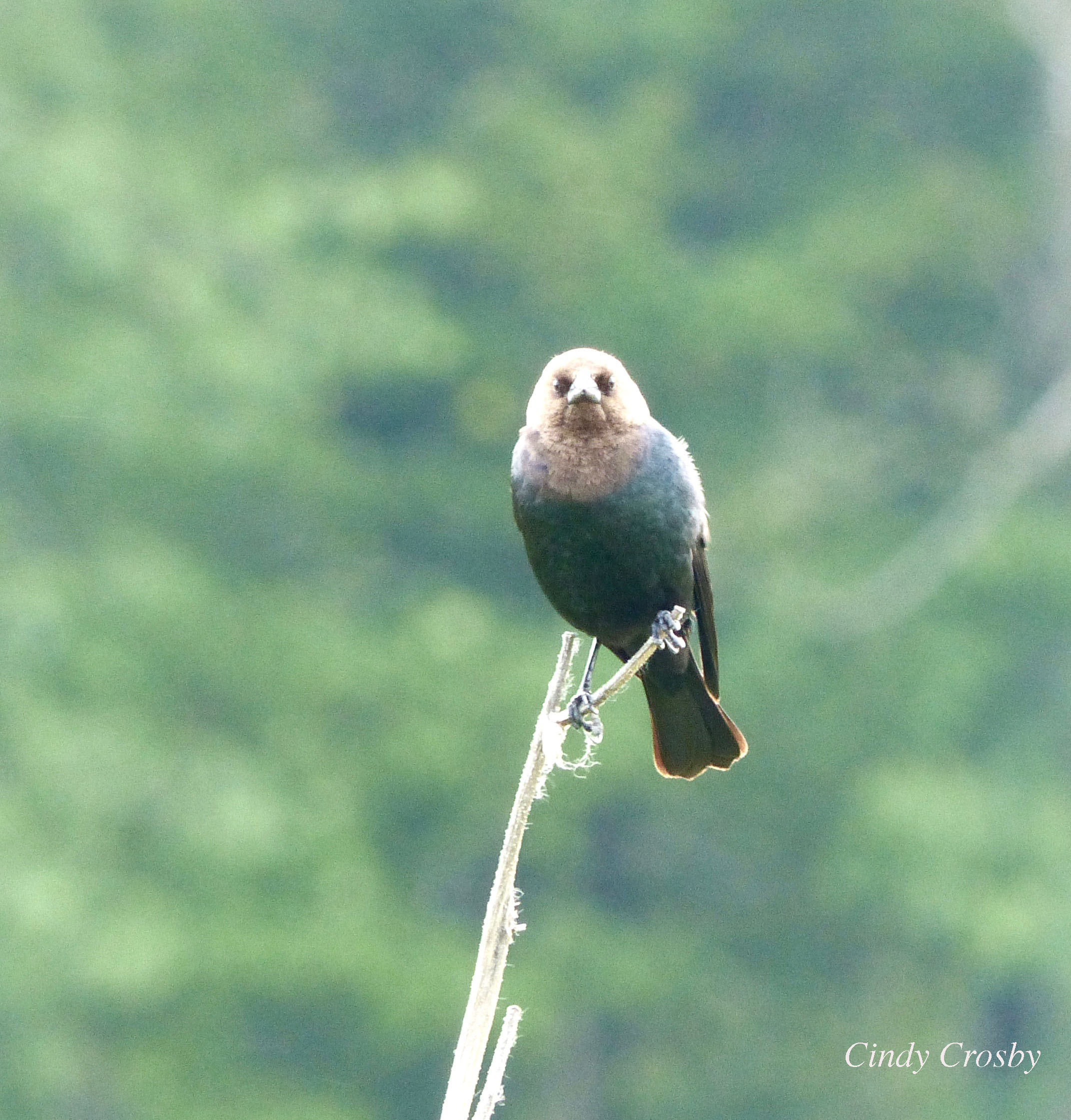
The earliest spring prairie blooms are now in the business of making seeds. Jacob’s ladder, which pulled blue sheets of flowers across the prairie just weeks ago, now carries clusters of sprawling seedpods. Except for the plant’s ladder-like leaves, it’s unrecognizable.
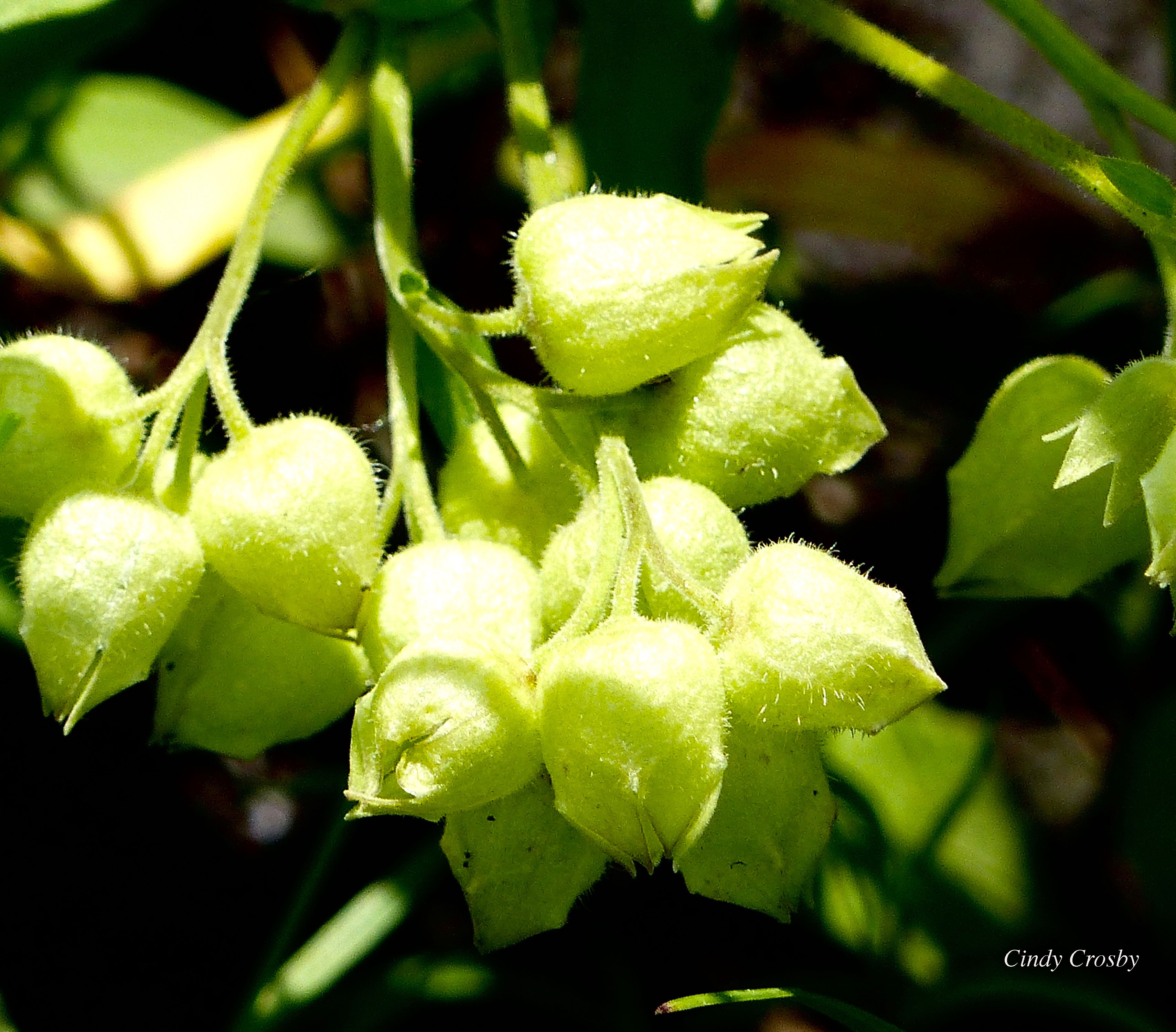
I pull a pod apart and check the tiny seed, pinching it between my fingernail and thumb. Still green. When the seedpods turn brown, I’ll bag them and use them to propagate other parts of the prairie where they aren’t as common.
Wood betony is another wildflower that has undergone a complete makeover, spiraling from yellow blooms into into soldier-straight rows. I mentally mark its locations for our work group’s seed collection efforts in a few weeks.
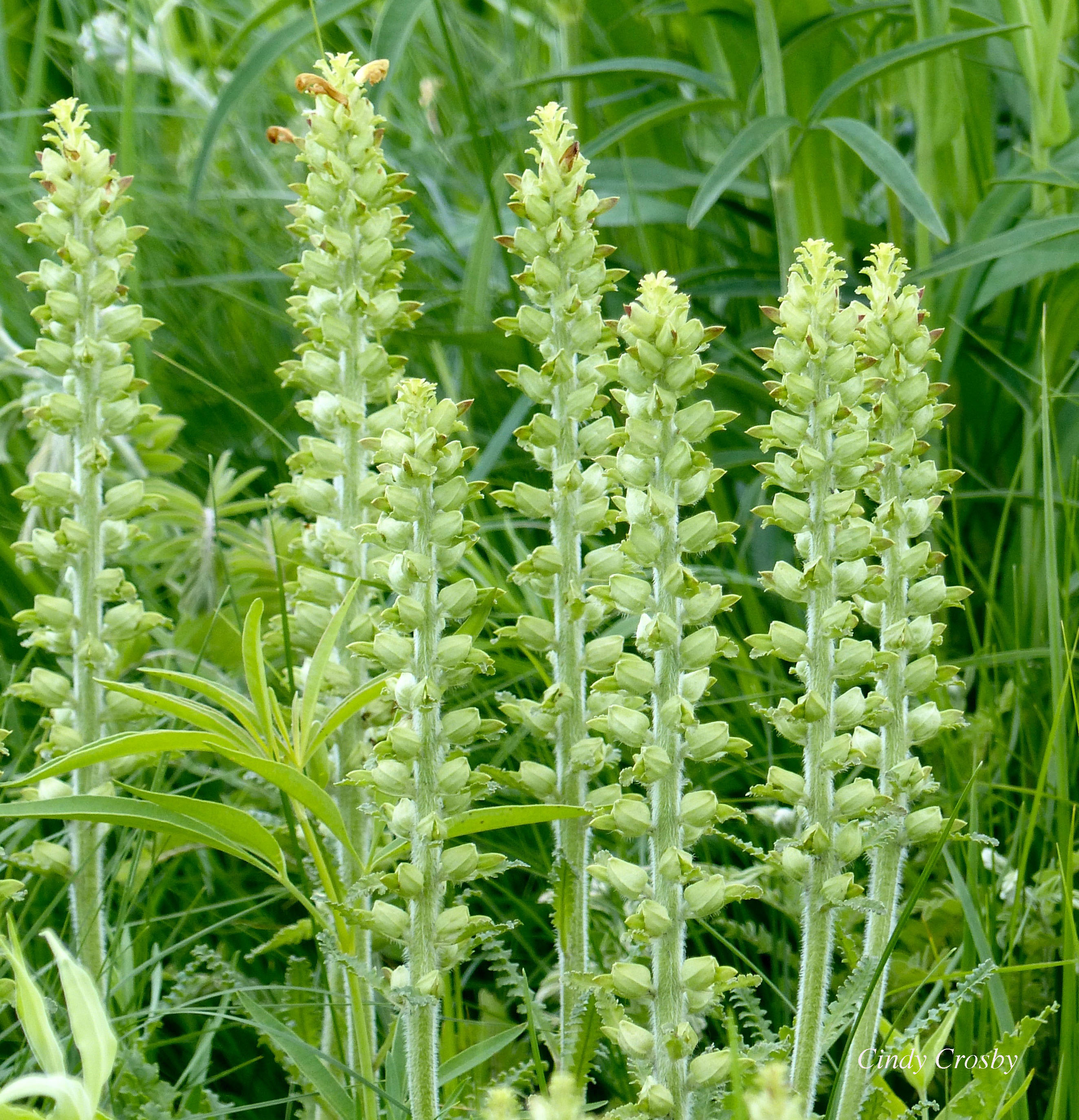
A common sight on the Midwestern prairies at this time of year is the remains of dogbane pods (or Indian hemp as it is sometimes known) that escaped the prescribed burns. Seedless now, it looks graceful, scything the breeze. My prairie work group collected last year’s dogbane stalks to experiment with making fiber this season. Native American’s knew dogbane could be used for twine, fishing line, and even fiber to weave clothing. I enjoy the way the pods catch the wind.

Wild coffee (sometimes known as horse gentian or tinker’s weed), has made an eye-catching mound in the knee-high tallgrass. Look closely.
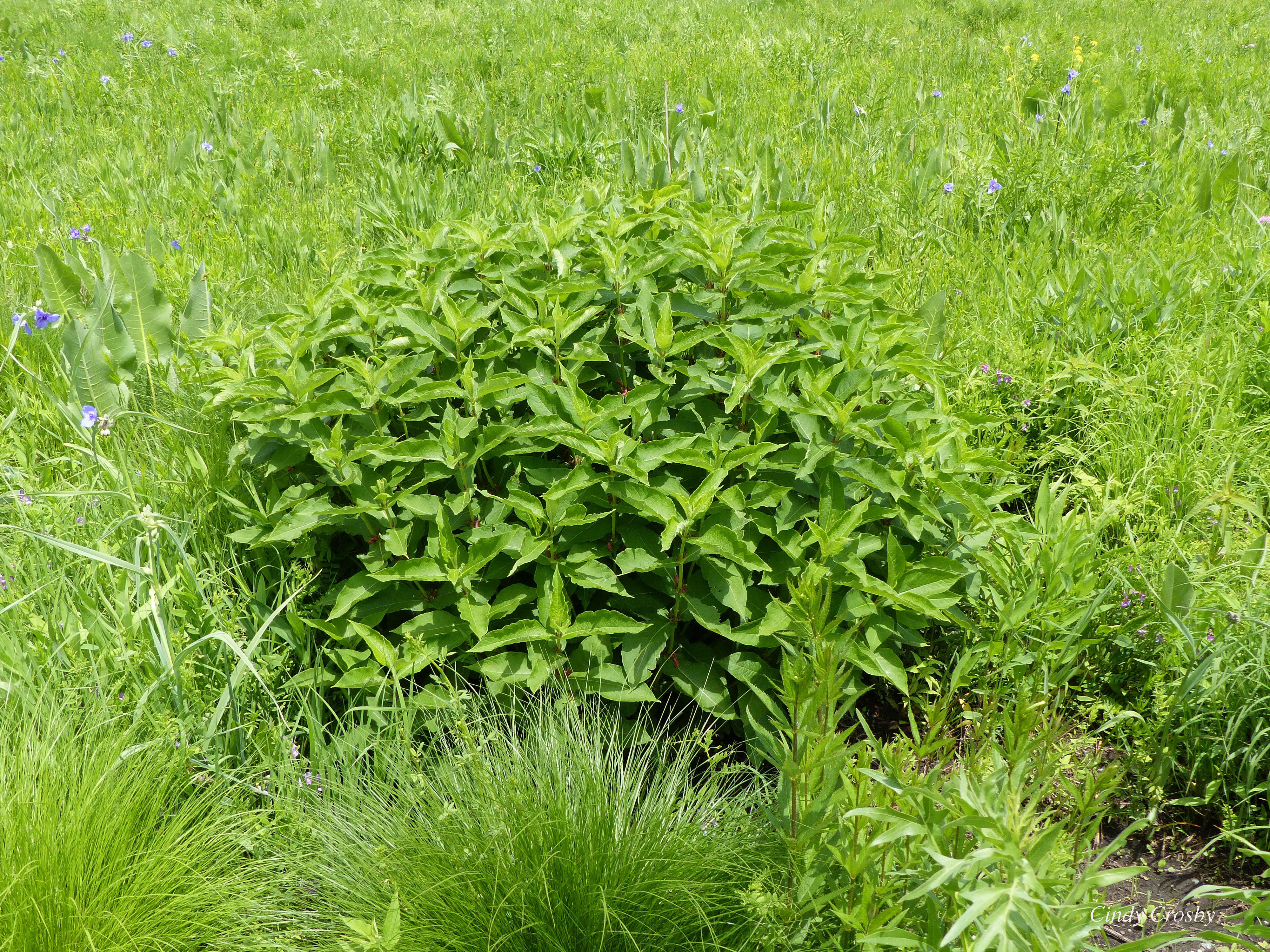
You’ll see the dark reddish brown flowers, nestled in the leaf axils. Later this summer, the flowers will turn into small orange fruits tucked into the leaves. The dried fruits were used as a coffee substitute by early settlers.

The highlight of my hike is finding one of my favorite prairie wildflowers beginning to go to seed: common valerian (Valeriana edulis ciliata). I love its explosions of seed-spirals, and the way its stalk is beginning to transform from white to pink. As it ages, the pink intensifies until it is almost neon bright on the prairie.

So much to see. So much to hear. So many things to enjoy with all the senses. It’s difficult to do desk work. What if I miss something?
The prairie conjures up new astonishments every day.
I can’t wait to see what the rest of the week brings.
*****
Paul McCartney and John Lennon penned the song, “Good Day Sunshine” for the Beatles’ 1966 album, Revolver. It’s a good cure for rainy day blues. Listen to it here and you’ll be humming it all day.
*****
All photos copyright Cindy Crosby and are from two different prairie hikes put together (top to bottom): butterweed (Packera glabella), Schulenberg Prairie, The Morton Arboretum, Lisle, IL; great Angelica (Angelica atropurpurea), Schulenberg Prairie, The Morton Arboretum, Lisle, IL; spiderwort (Tradescantia ohiensis), Schulenberg Prairie, The Morton Arboretum, Lisle, IL; spiderwort (Tradescantia ohiensis), Schulenberg Prairie, The Morton Arboretum, Lisle, IL; prairie phlox (Phlox pilosa), Schulenberg Prairie, The Morton Arboretum, Lisle, IL; prairie phlox (Phlox pilosa), Schulenberg Prairie, The Morton Arboretum, Lisle, IL; spiderwort (Tradescantia ohiensis) and prairie phlox (Phlox pilosa), Schulenberg Prairie, The Morton Arboretum, Lisle, IL; prairie alumroot (Heuchera richardsonii affinis) with the phlox, Schulenberg Prairie, The Morton Arboretum, Lisle, IL; purple meadow rue (Thalictrum dasycarpum), Schulenberg Prairie, The Morton Arboretum, Lisle, IL; wild quinine (Parthenium integrifolium), Schulenberg Prairie, The Morton Arboretum, Lisle, IL; common milkweed (Asclepias syriaca) Schulenberg Prairie, The Morton Arboretum, Lisle, IL; 12-spotted skimmer dragonfly (Libellula pulchella), Fermilab Natural Areas Interpretive Trail, Batavia, IL; common whitetail (Plathemis lydia) , Schulenberg Prairie, The Morton Arboretum, Lisle, IL; spittlebug (possibly Philaenus spumarius) , Schulenberg Prairie, The Morton Arboretum, Lisle, IL; red clover (Trifolium pratense) , Schulenberg Prairie, The Morton Arboretum, Lisle, IL; yellow wood sorrel (Oxalis stricta), Schulenberg Prairie, The Morton Arboretum, Lisle, IL; brown-headed cowbird (Molothrus ater), Fermilab Natural Areas Interpretive Trail, Batavia, IL; Jacob’s ladder (Polemonium reptans) seedpods, Schulenberg Prairie, The Morton Arboretum, Lisle, IL; wood betony (Pedicularis canadensis), Schulenberg Prairie, The Morton Arboretum, Lisle, IL; dogbane (Apocynum cannabinum), Fermilab Natural Areas Interpretive Trail, Batavia, IL; wild coffee or late horse gentian (Triosteum perfoliatum), Schulenberg Prairie, The Morton Arboretum, Lisle, IL; wild coffee or late horse gentian (Triosteum perfoliatum) flowers, Schulenberg Prairie, The Morton Arboretum, Lisle, IL; common valerian (Valeriana edulis ciliata), Schulenberg Prairie, The Morton Arboretum, Lisle, IL.
*****
Cindy’s Upcoming Classes and Events
Tonight! Introduction to the Tallgrass Prairie, Tuesday, June 4, 7-9 p.m., Lake to Prairie Wild Ones, Fremont Public Library, 1170 N Midlothian Rd, Mundelein, IL 60060. Free and open to the public.
Thursday, June 6–9 p.m. — A Tallgrass Conversation, talk and book signing. Bring a picnic dinner for the social at 6 p.m. Talk begins around 7:30 p.m. Pied Beauty Farm, Stoughton, Wisconsin. Details here.
Friday, June 14, or Friday, June 28, 8-11:30 a.m., Dragonfly and Damselfly ID, The Morton Arboretum, Lisle, IL. Registration here (first session is sold out).
Thursday, June 20, 7-9 p.m. The Tallgrass Prairie: Grocery Store, Apothecary, and Love Charm Shop, Rock Valley Wild Ones, Rock Valley Community College, Rockford, IL. Details here. Free and open to the public.
See more at http://www.cindycrosby.com




































































